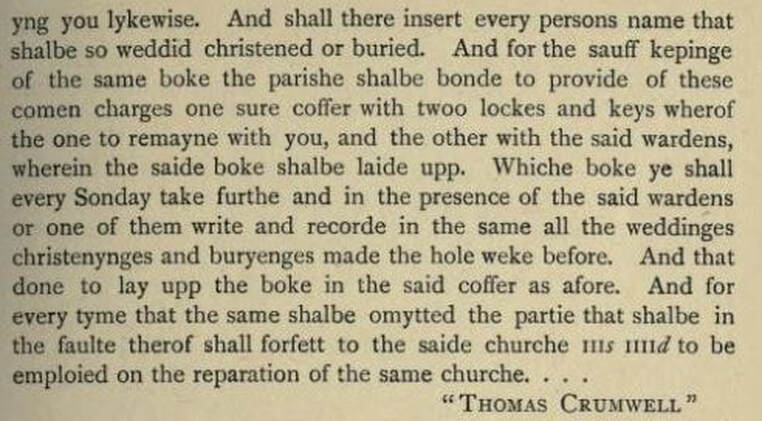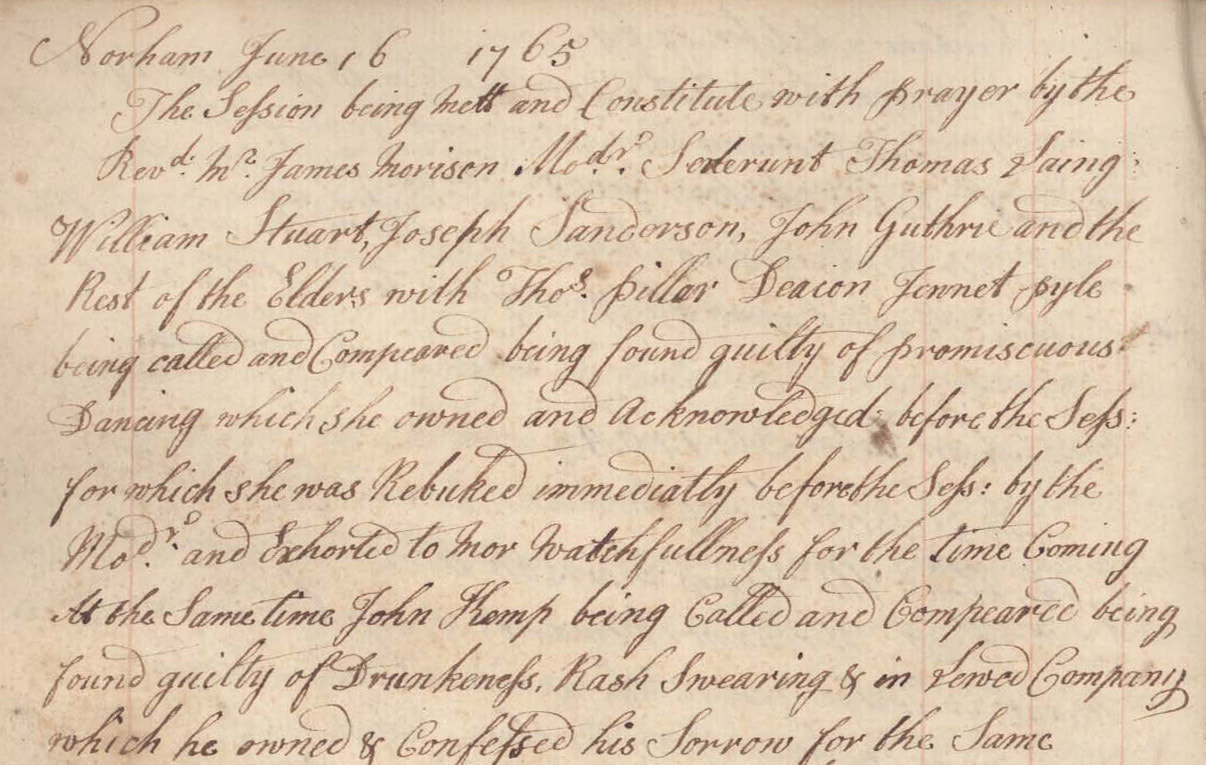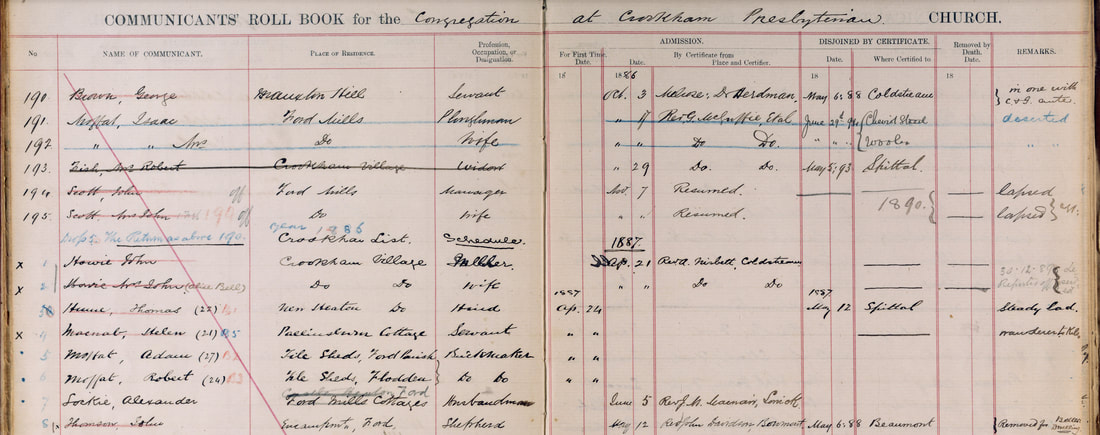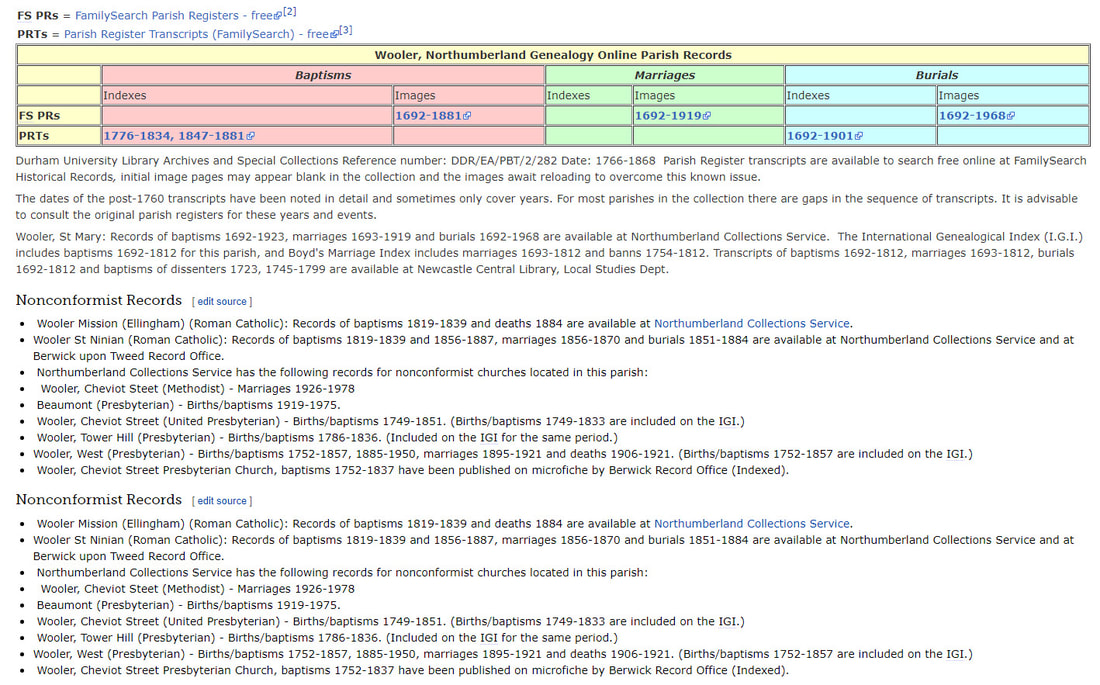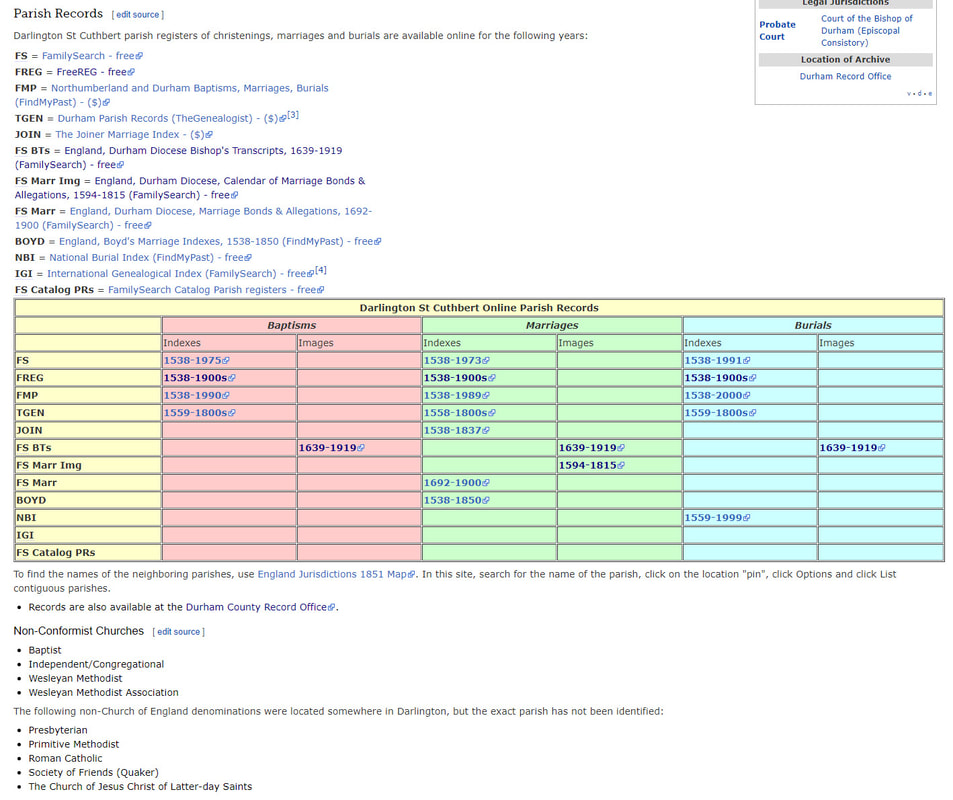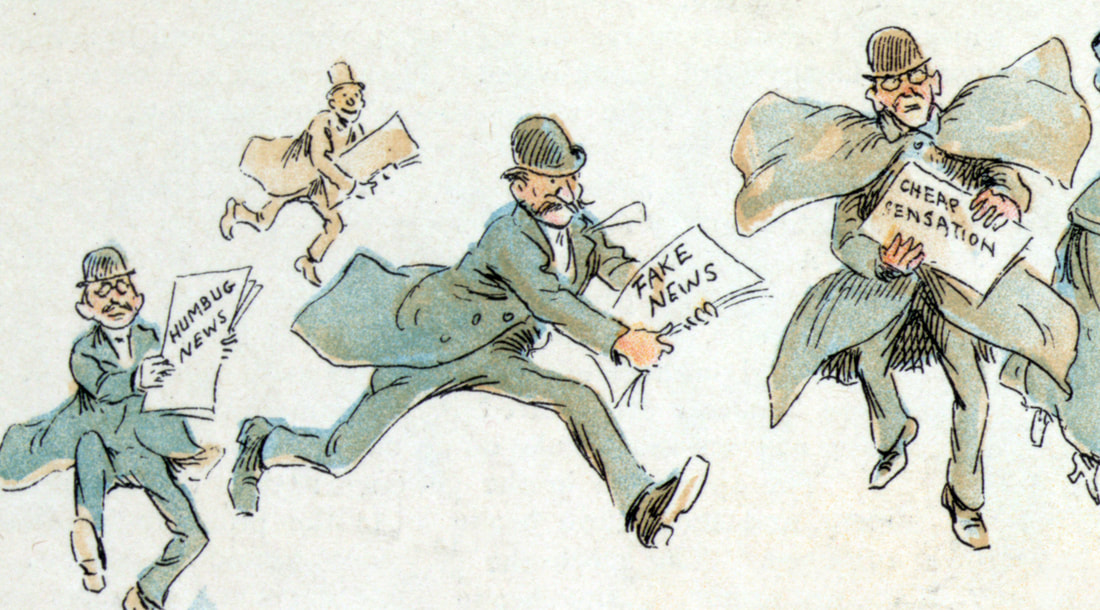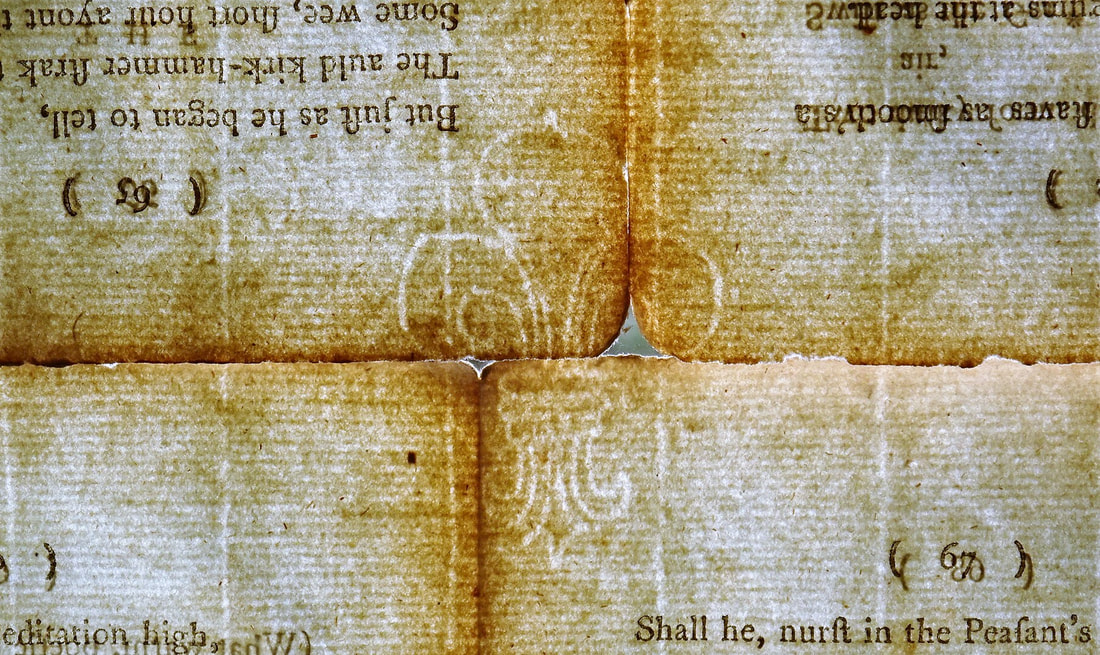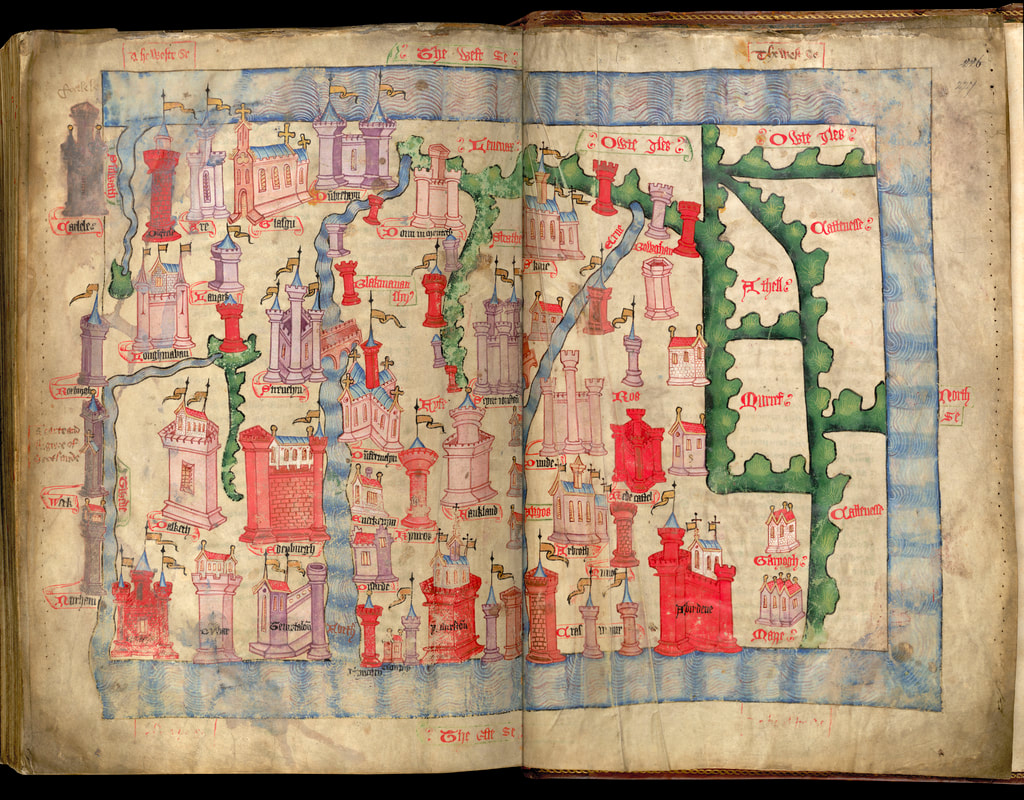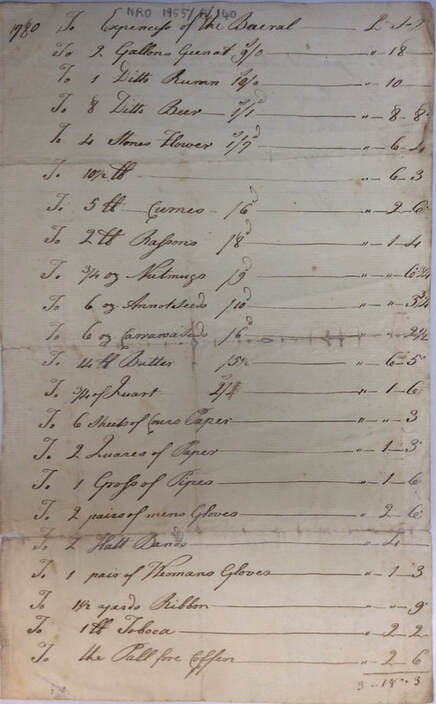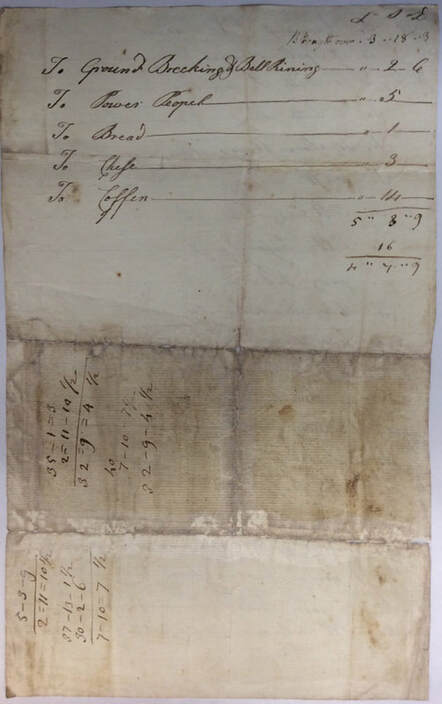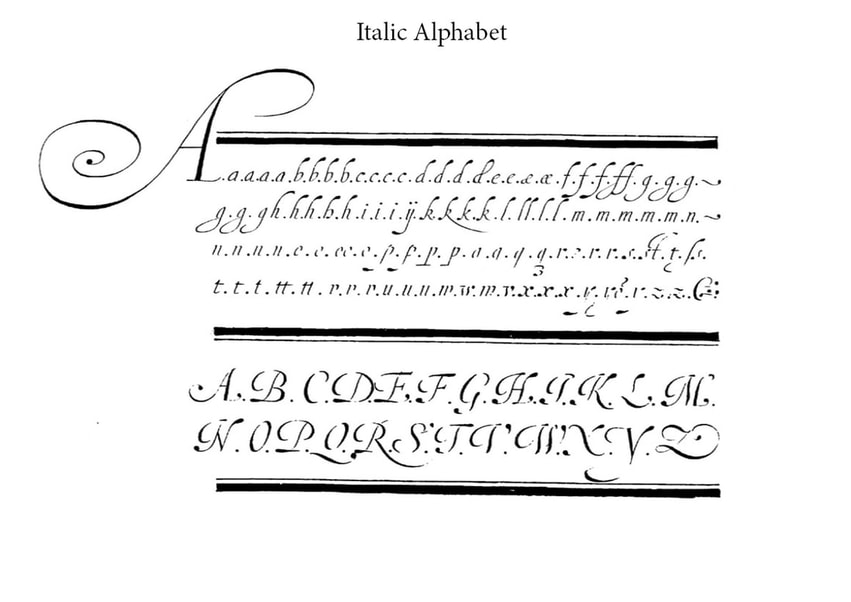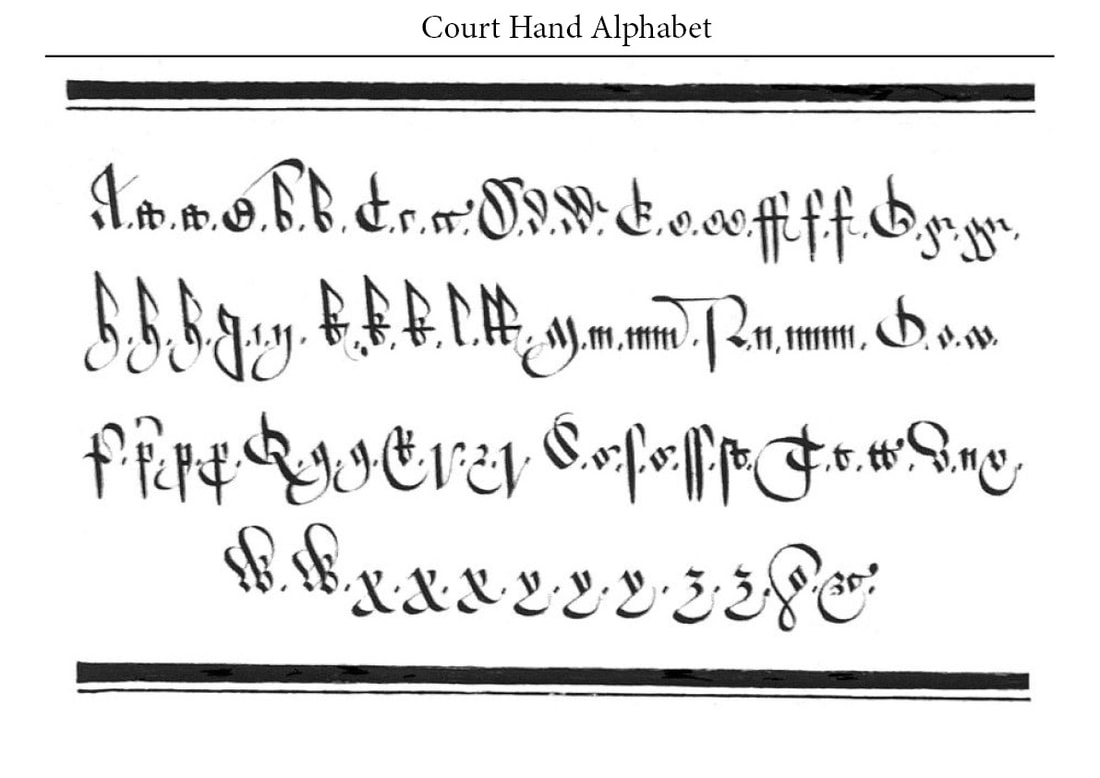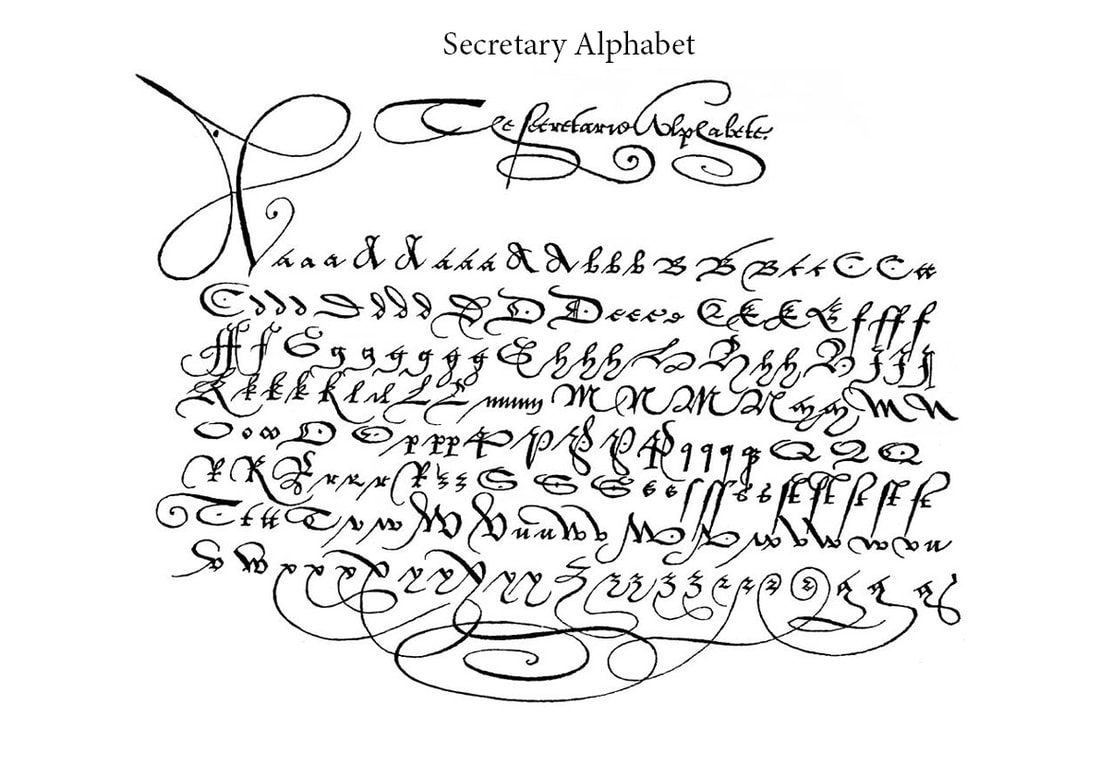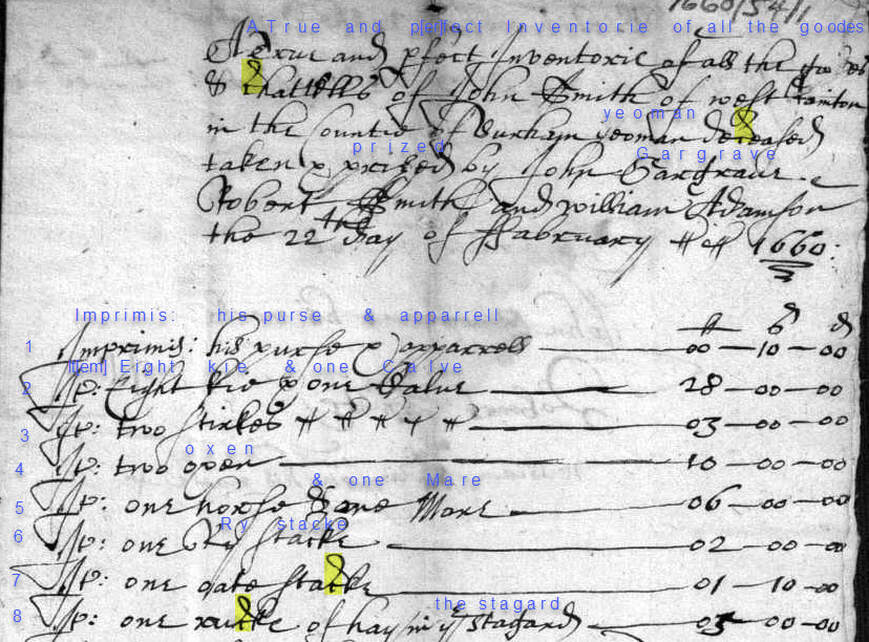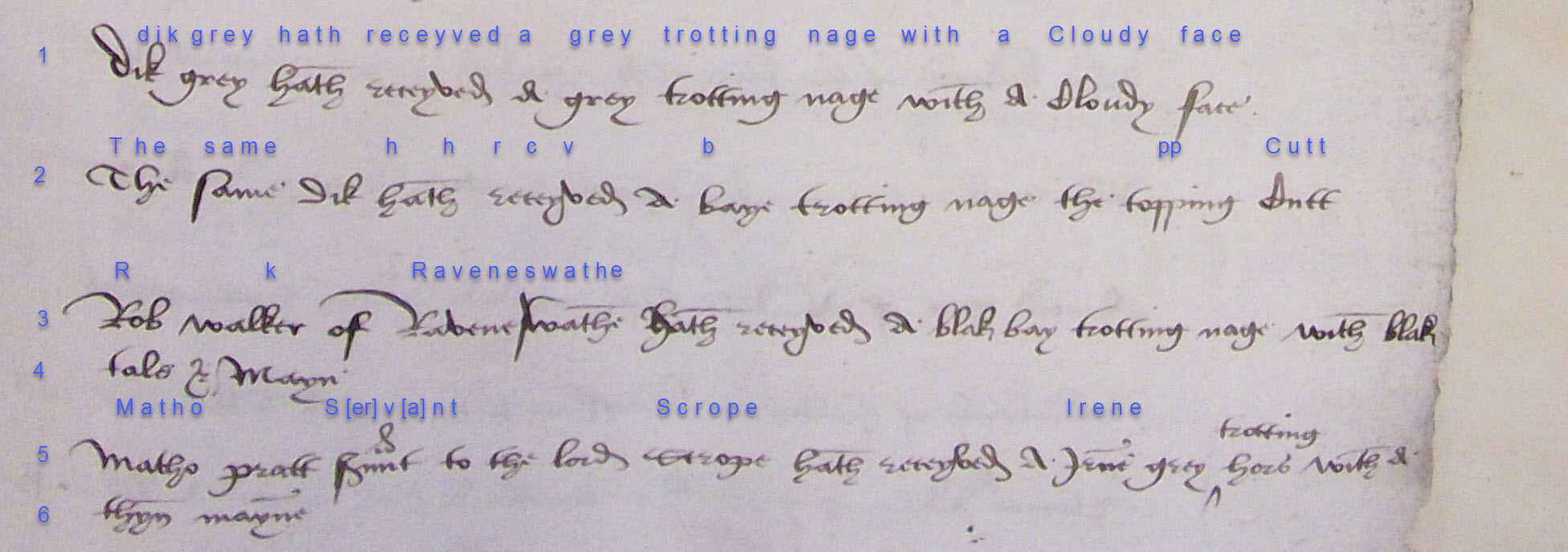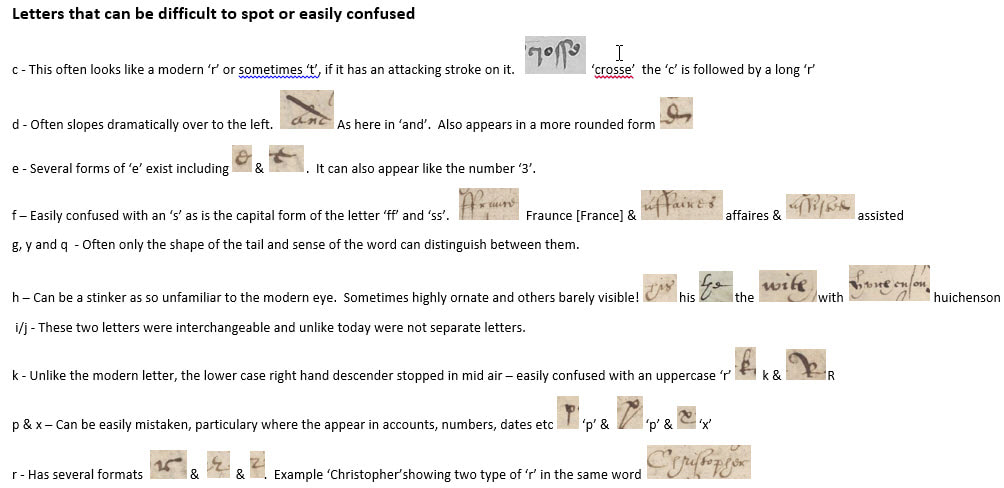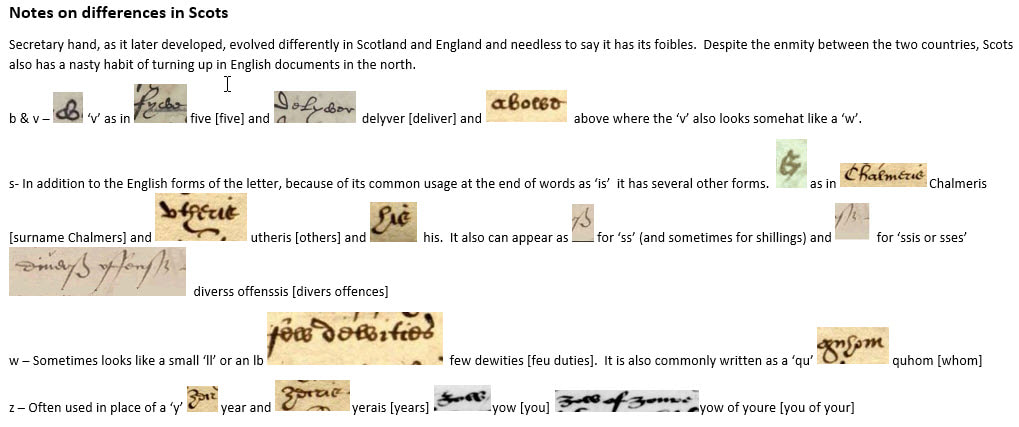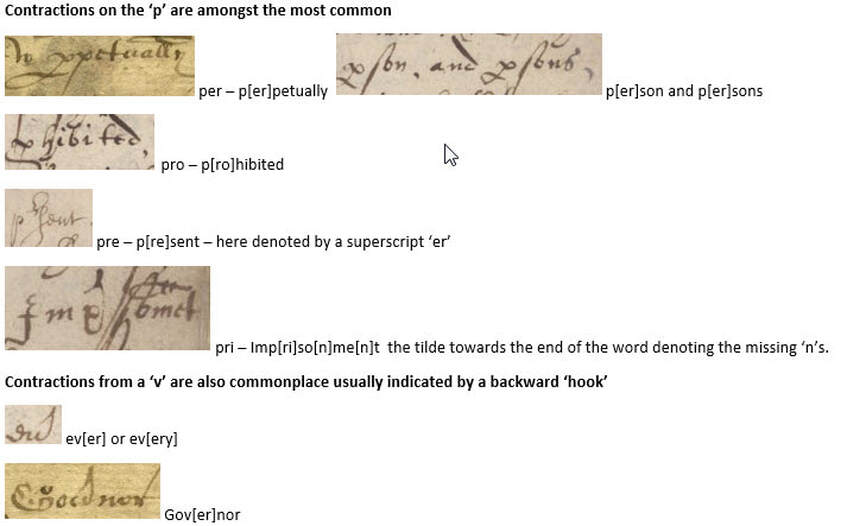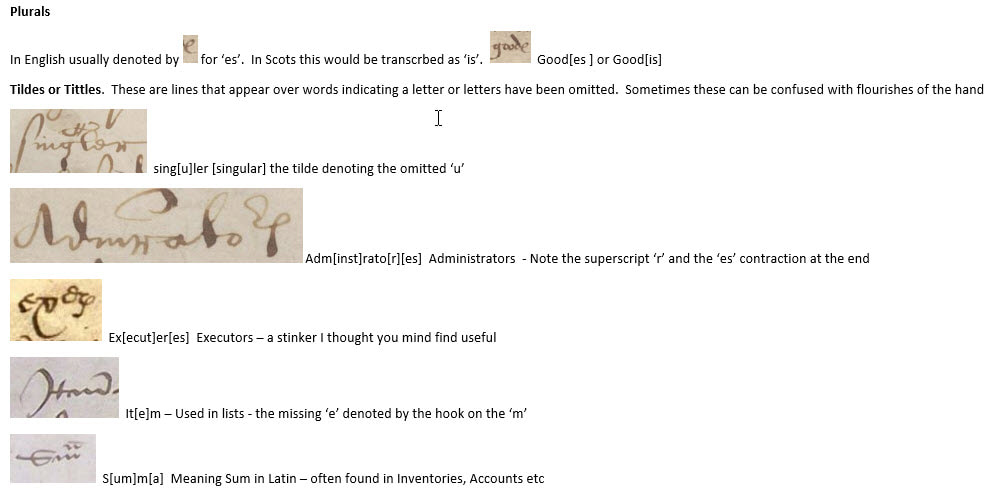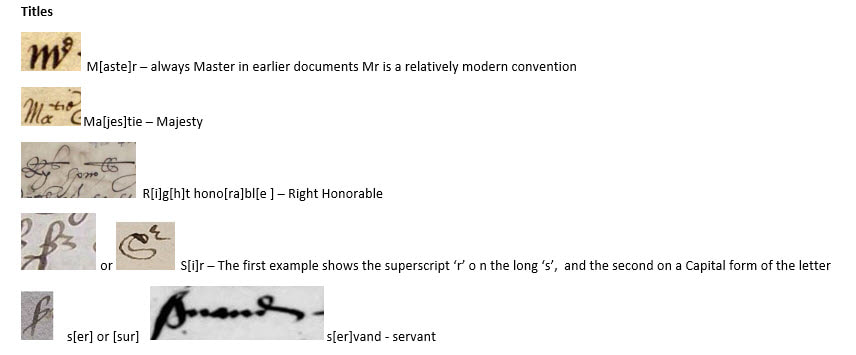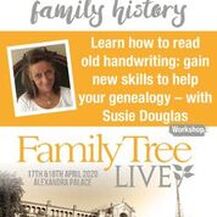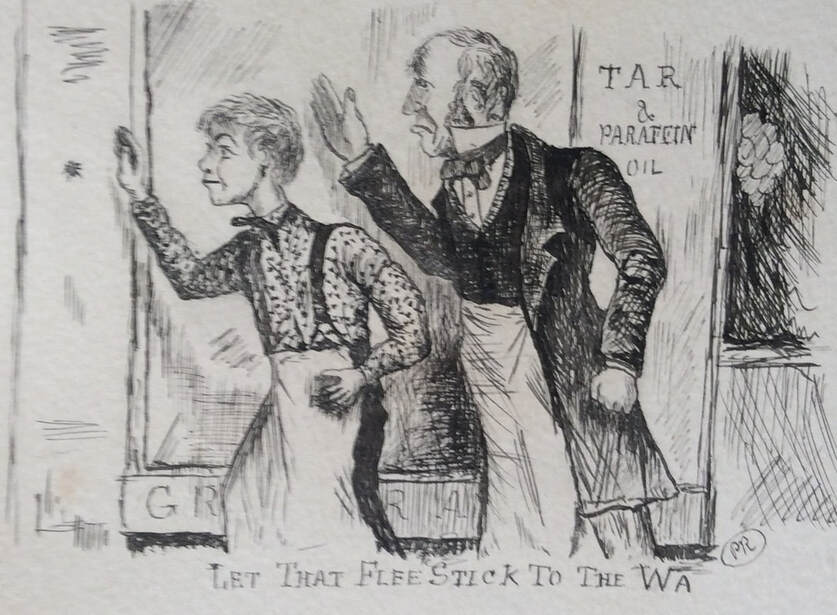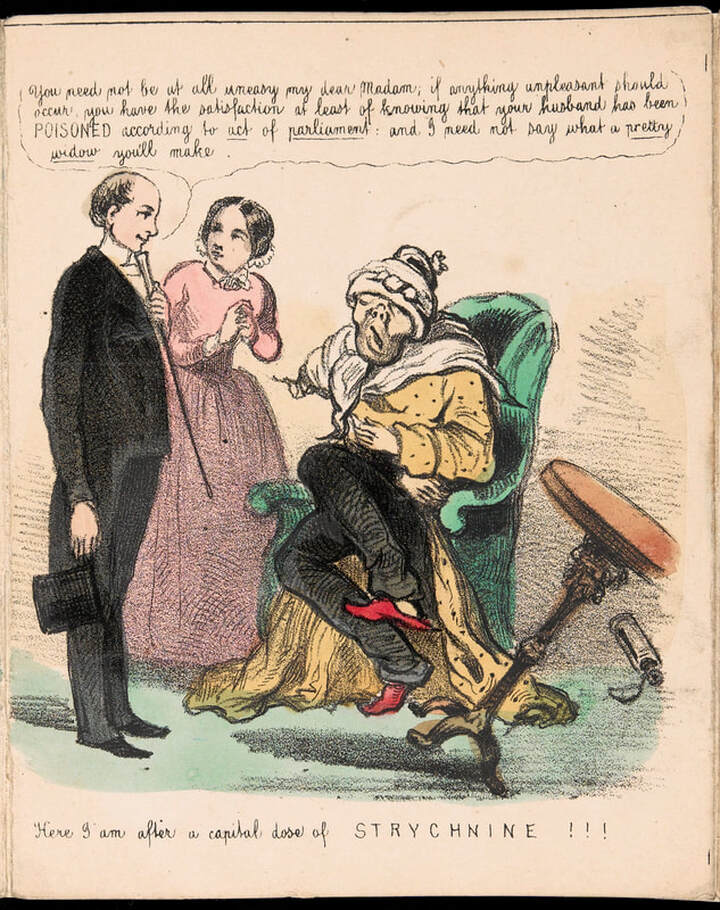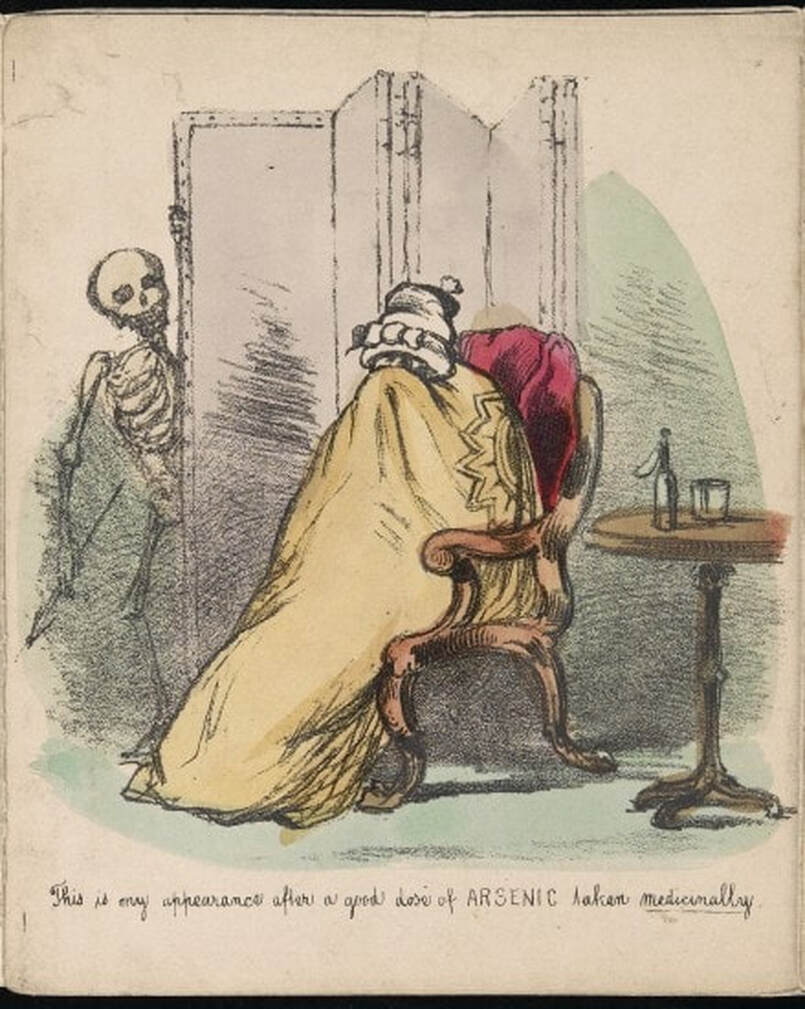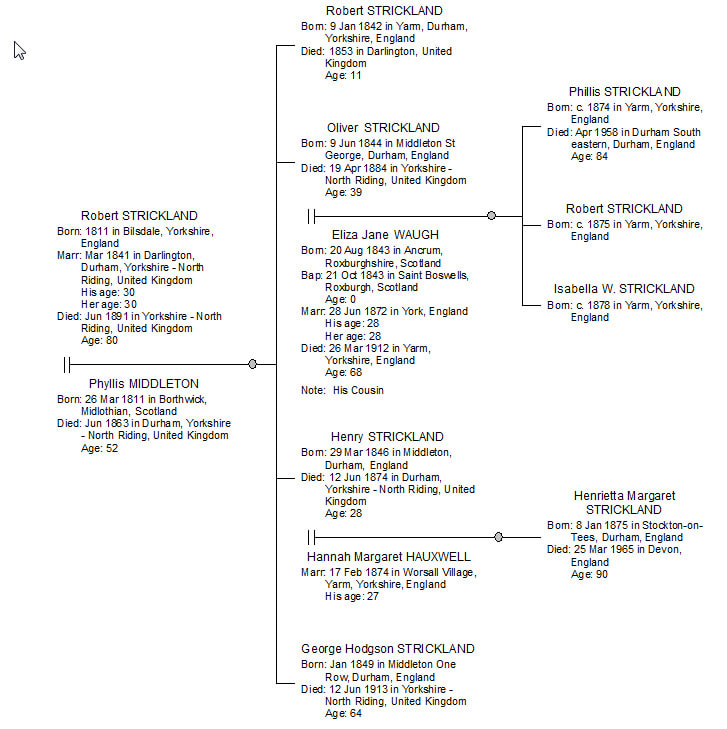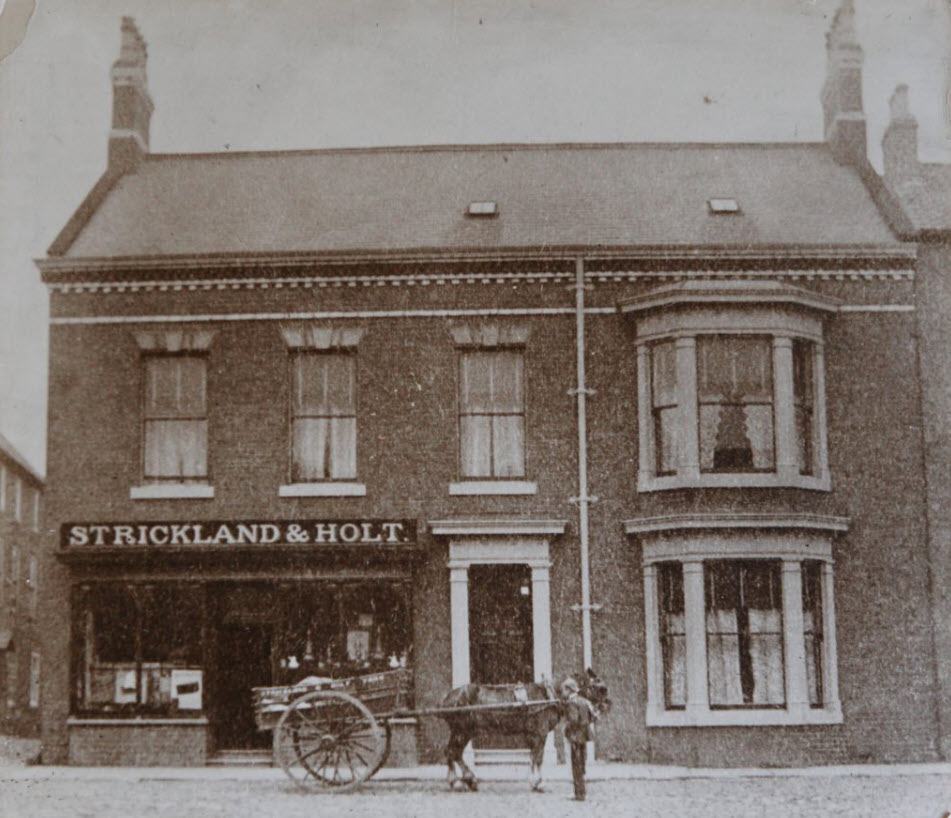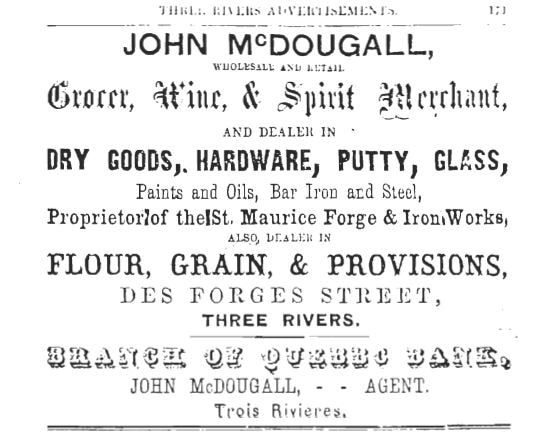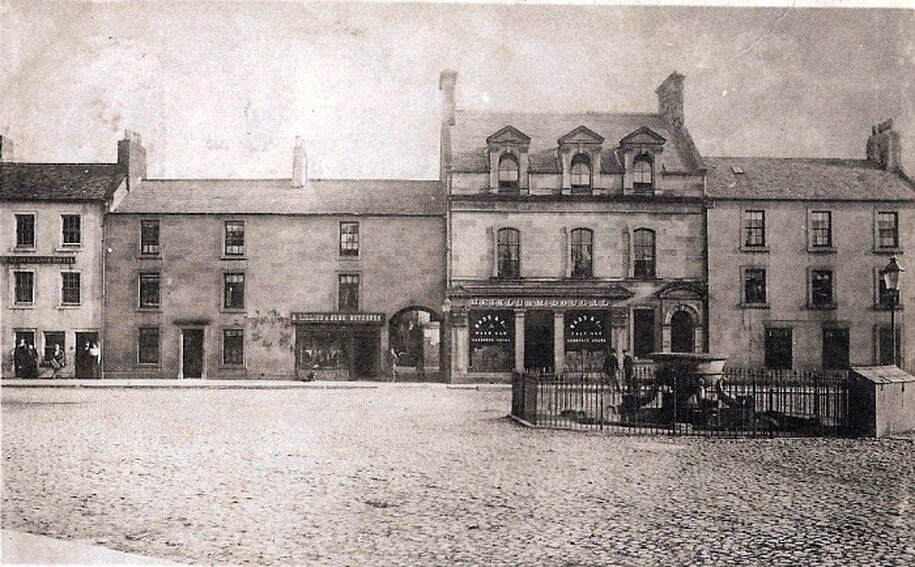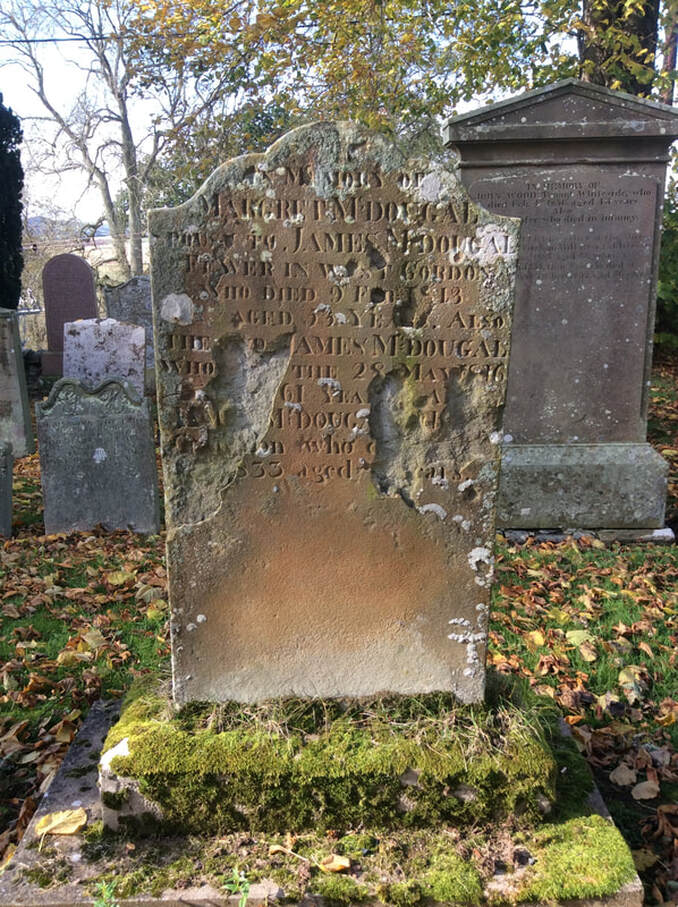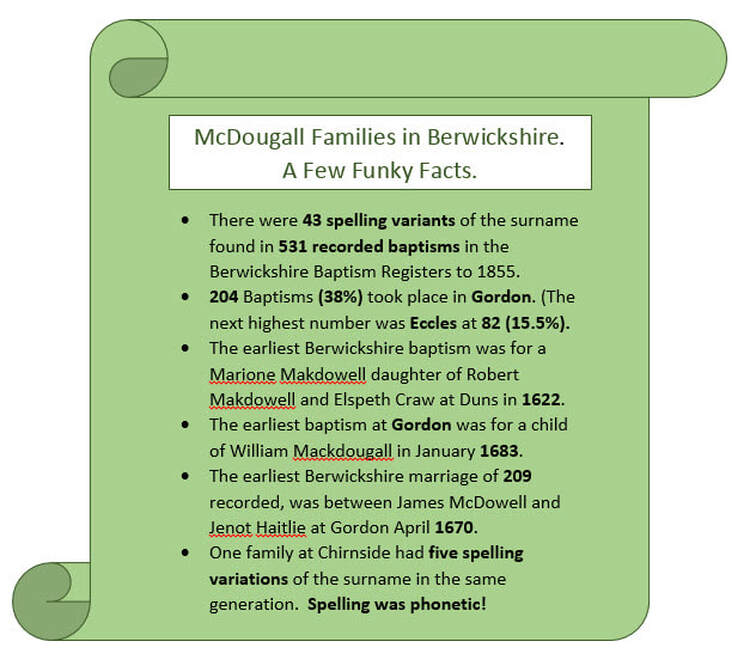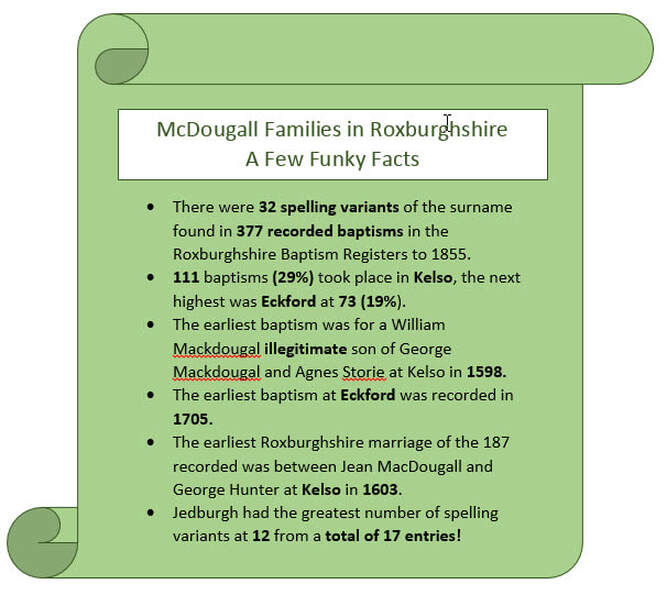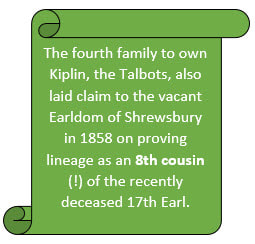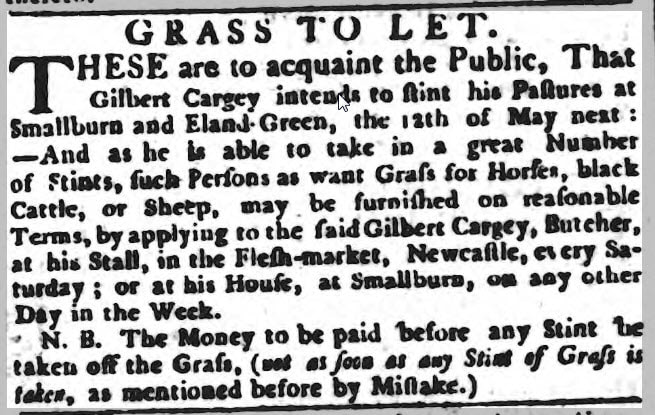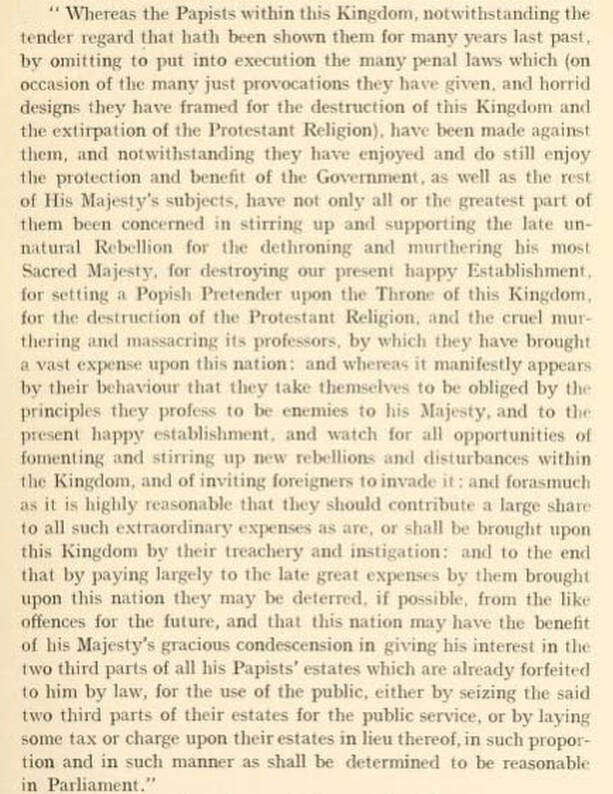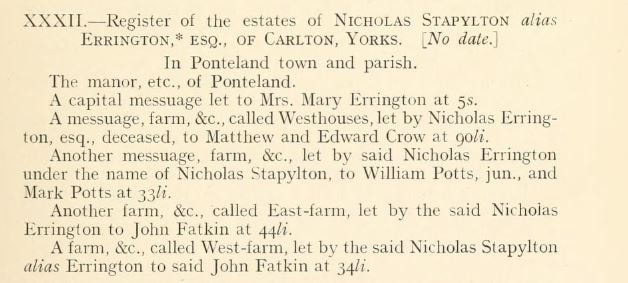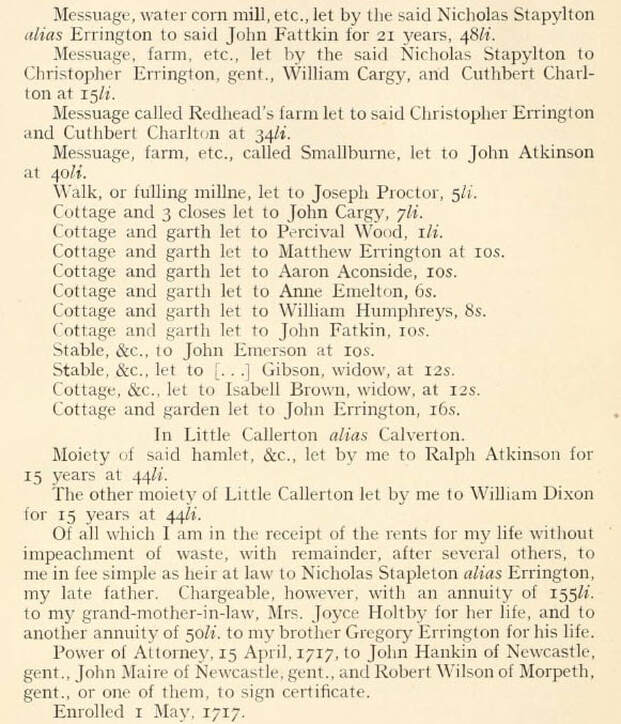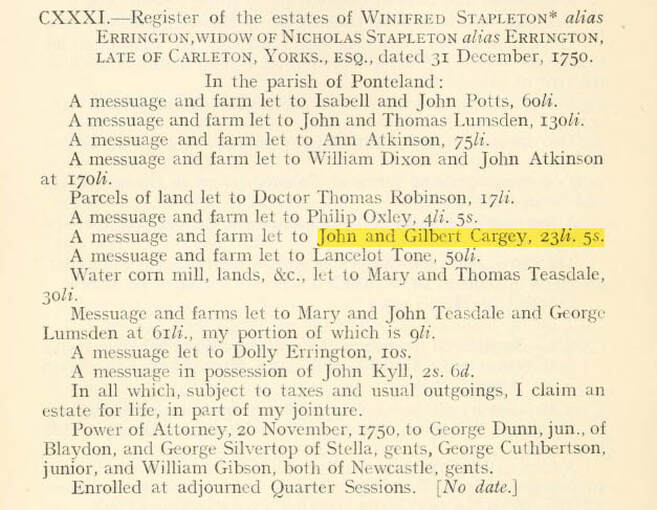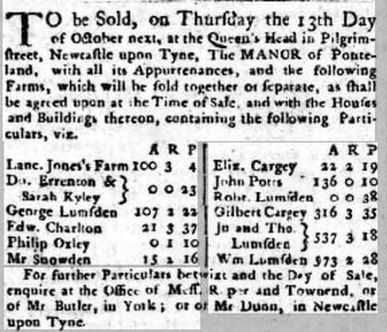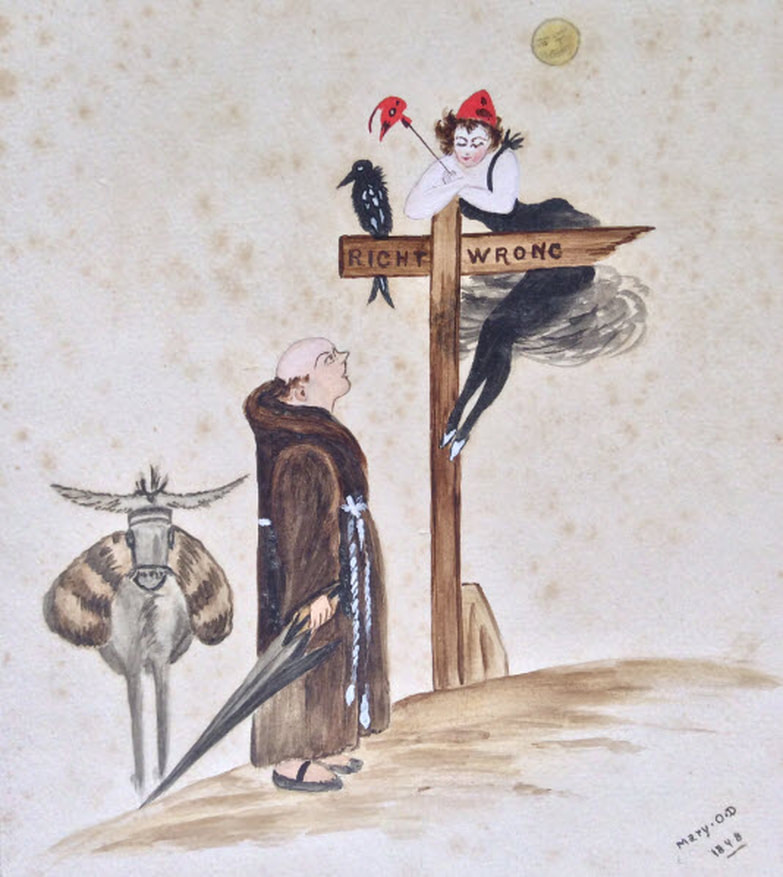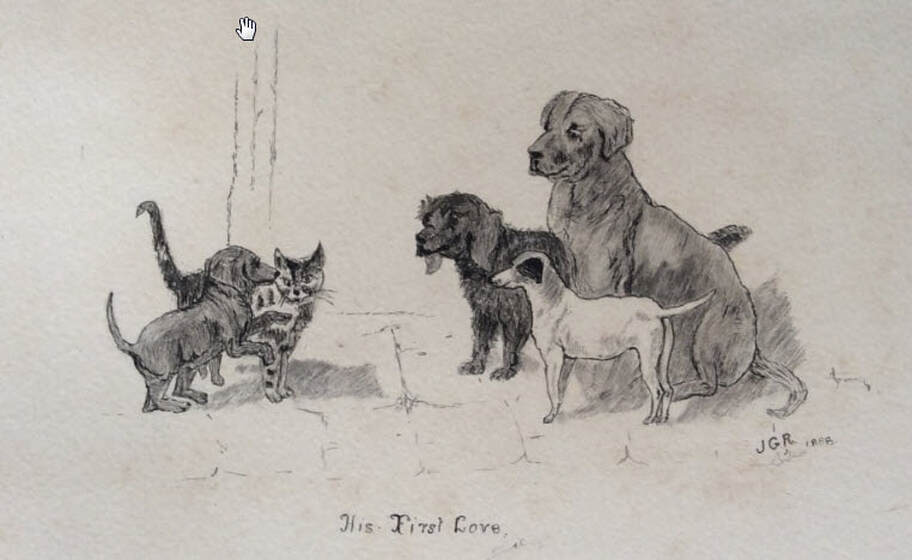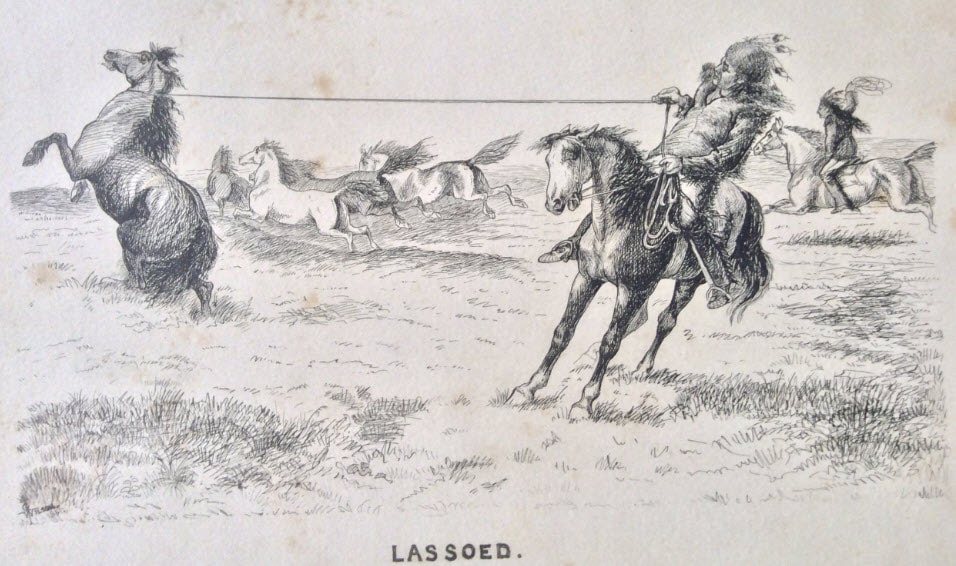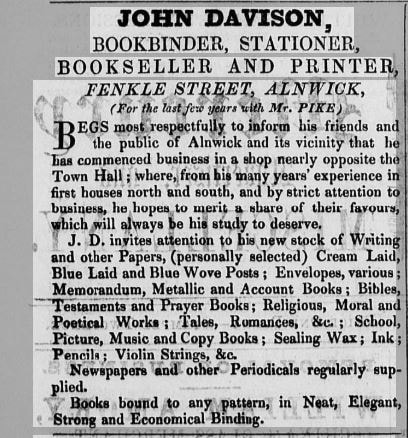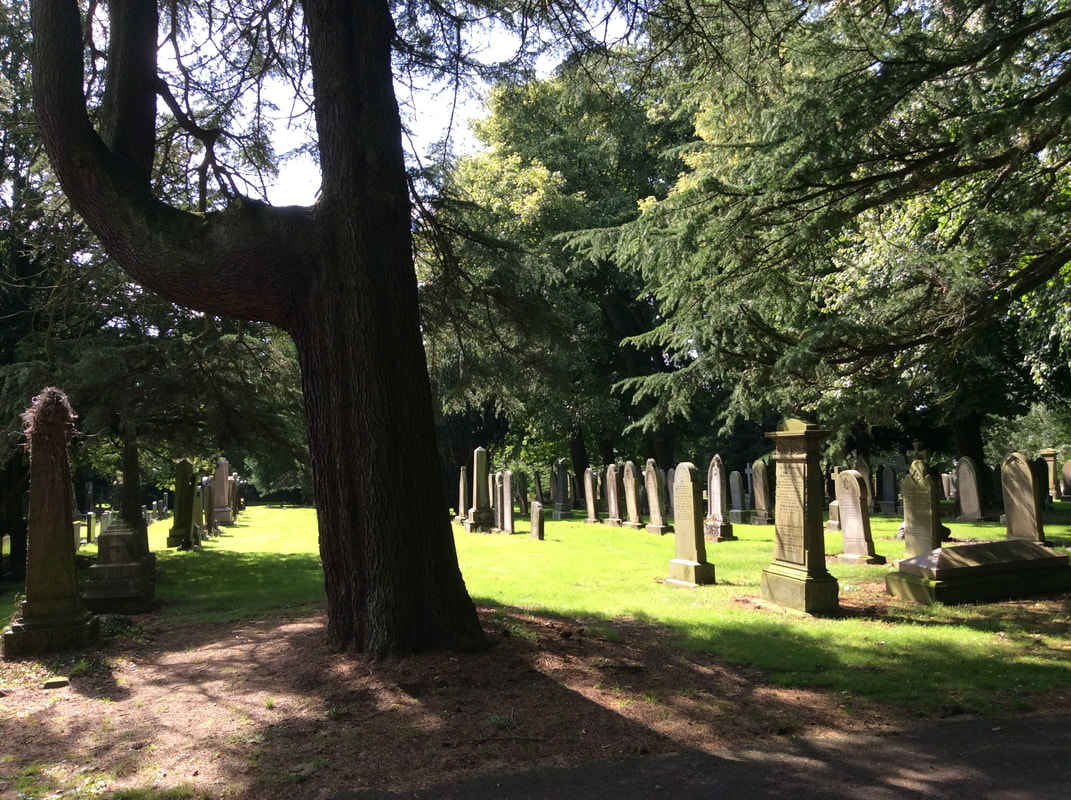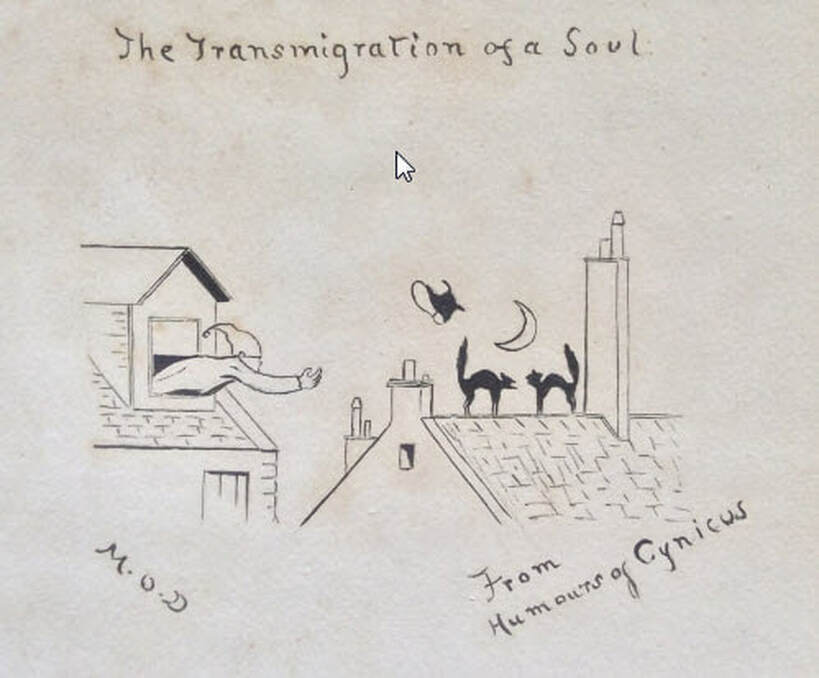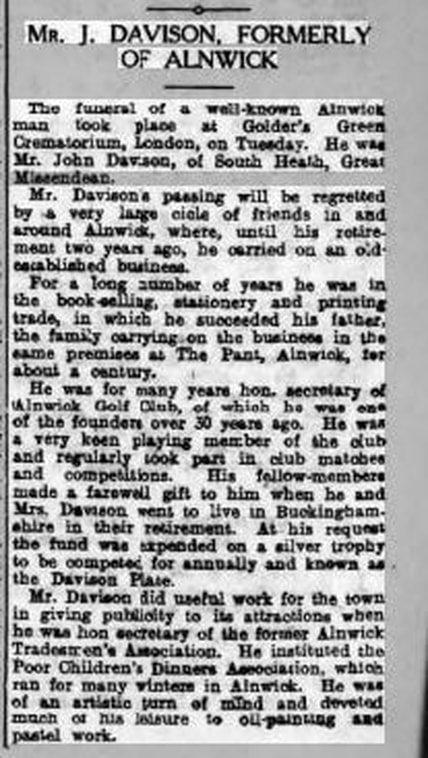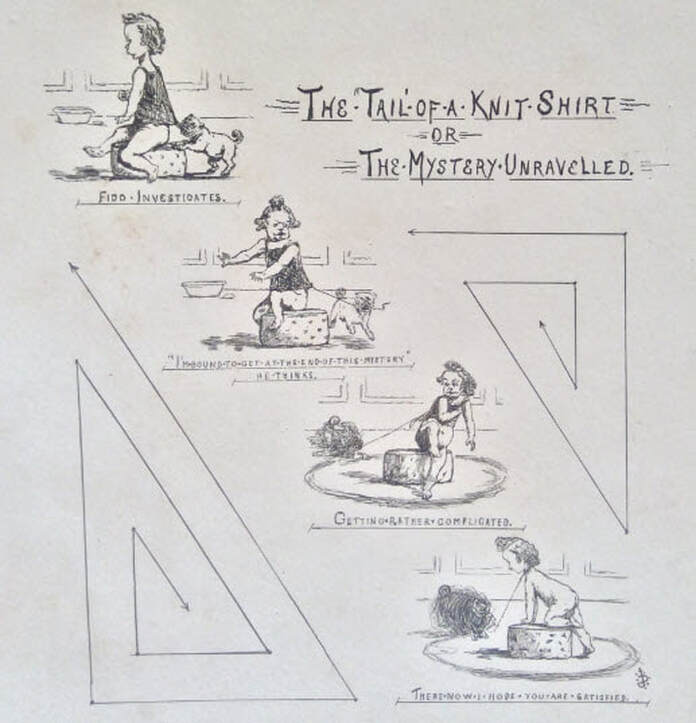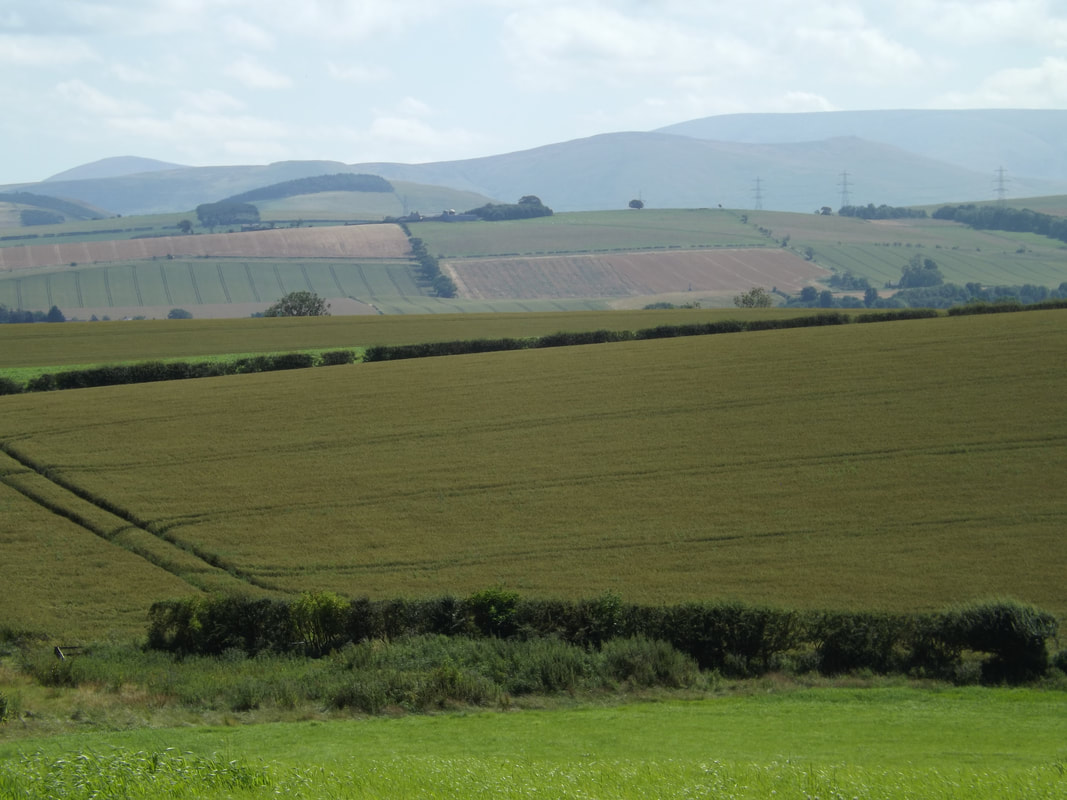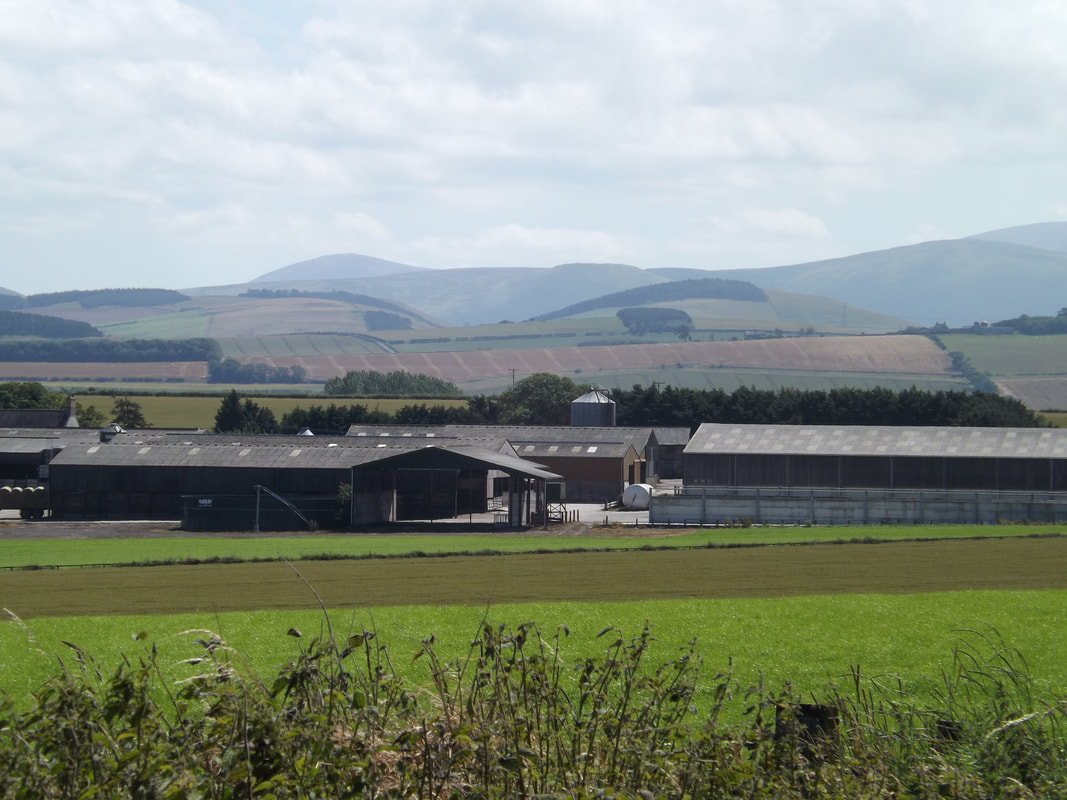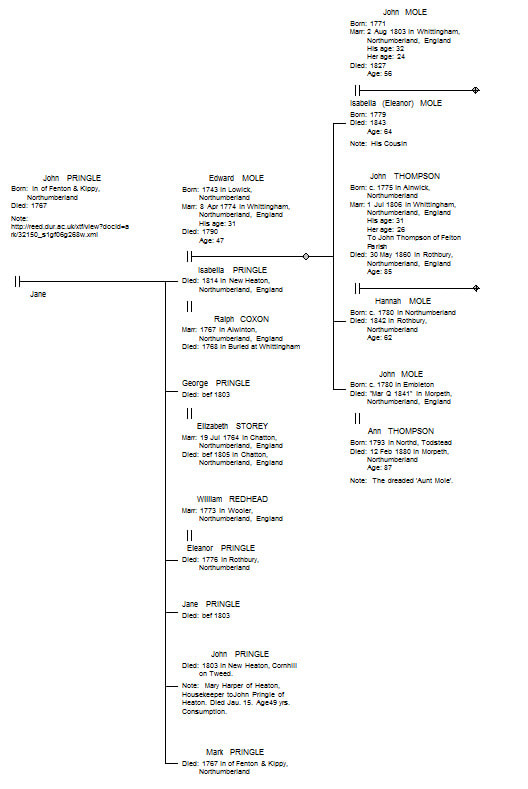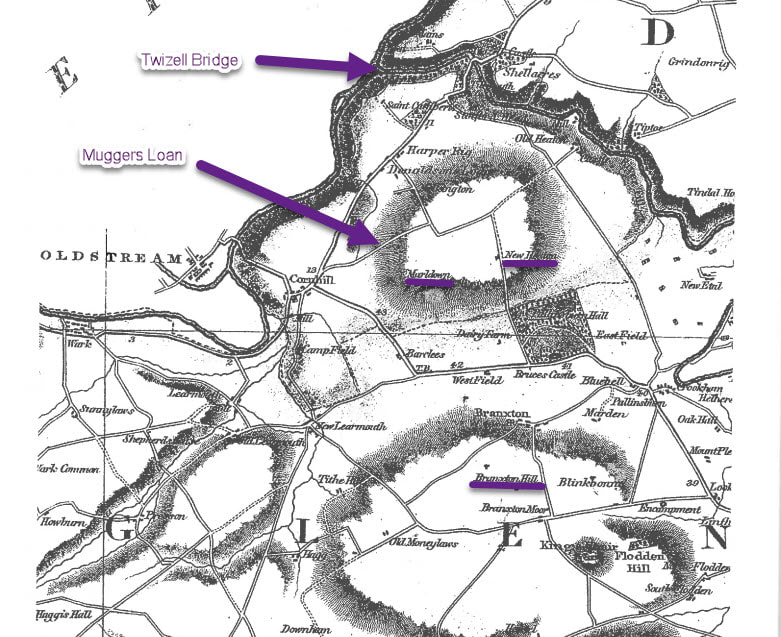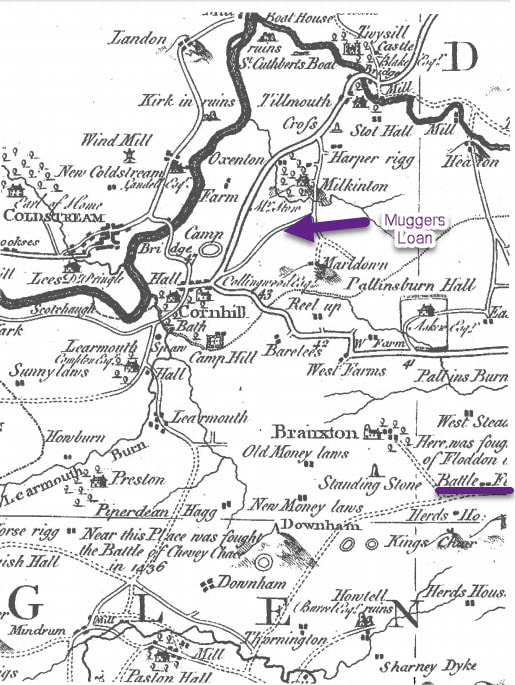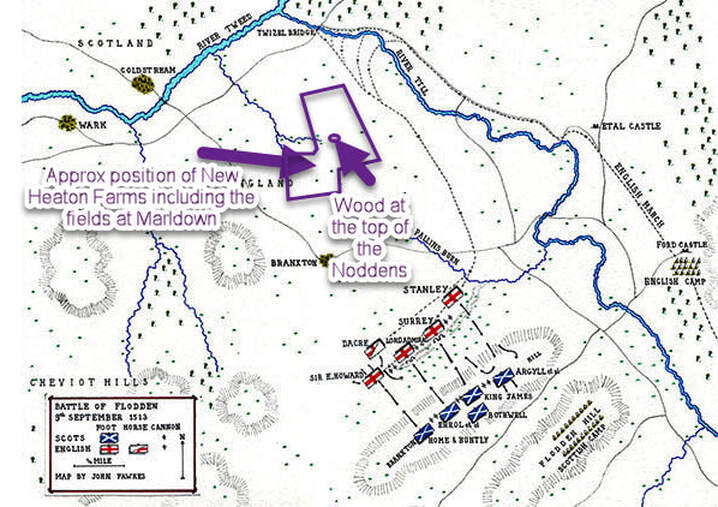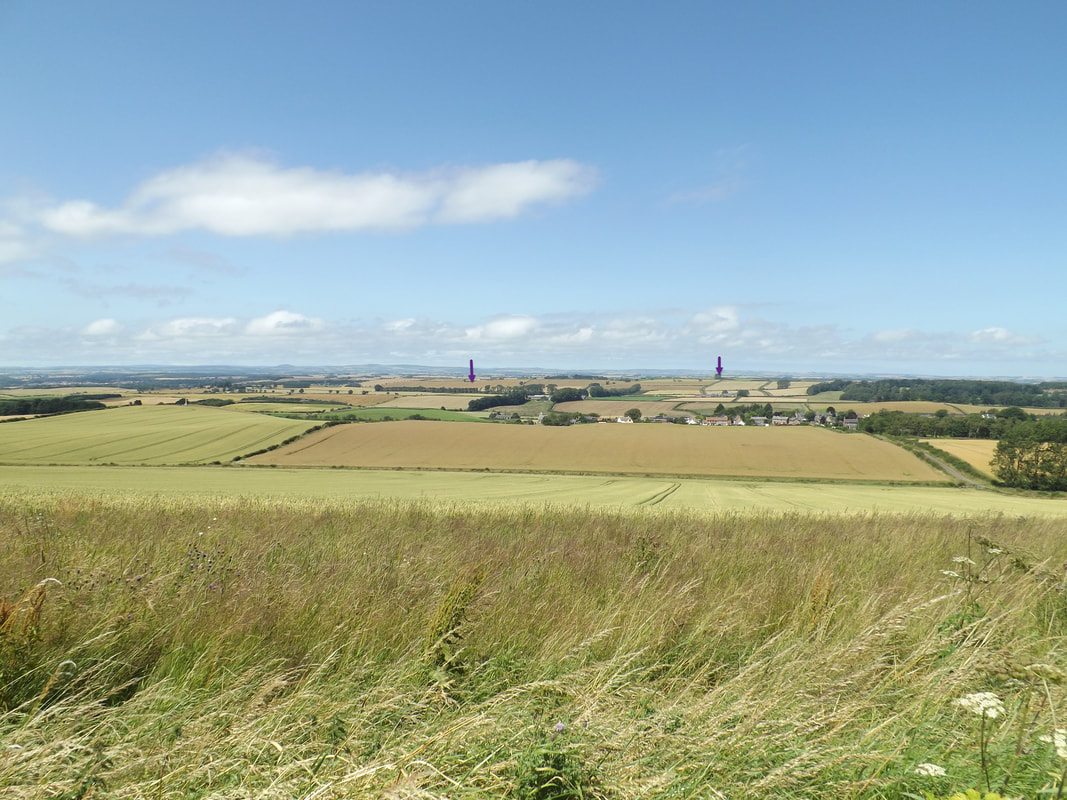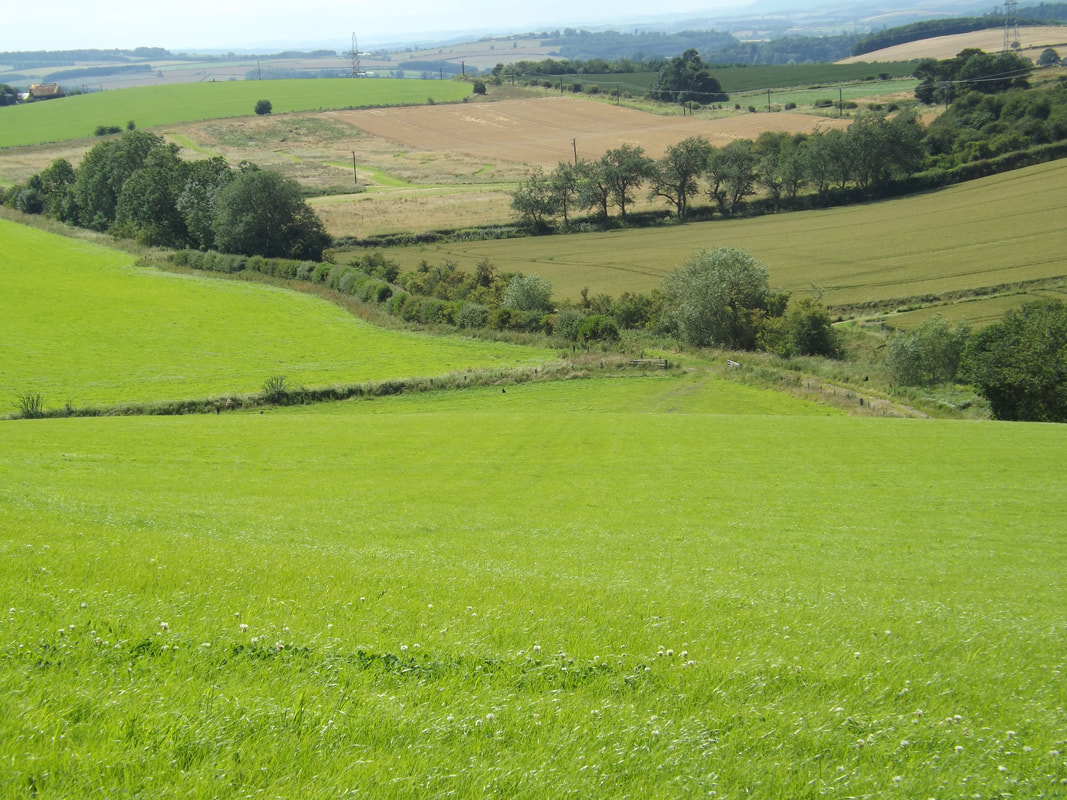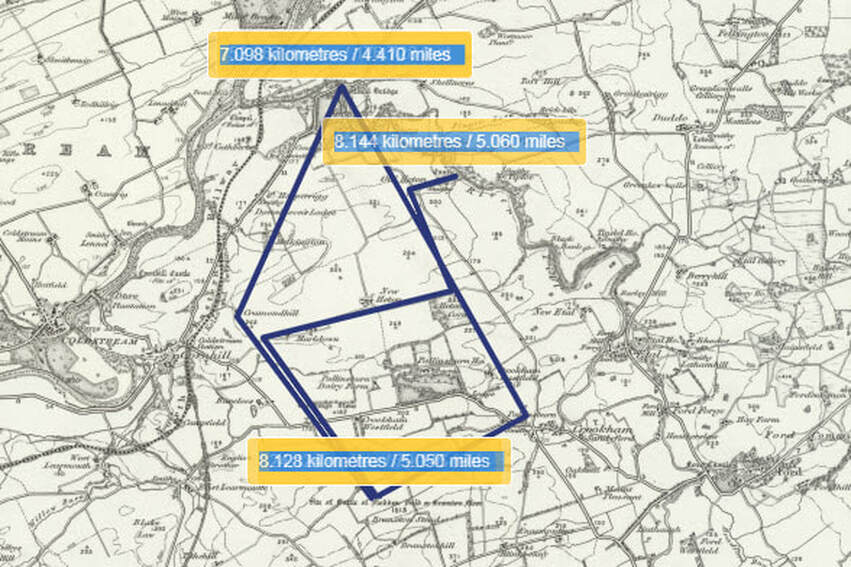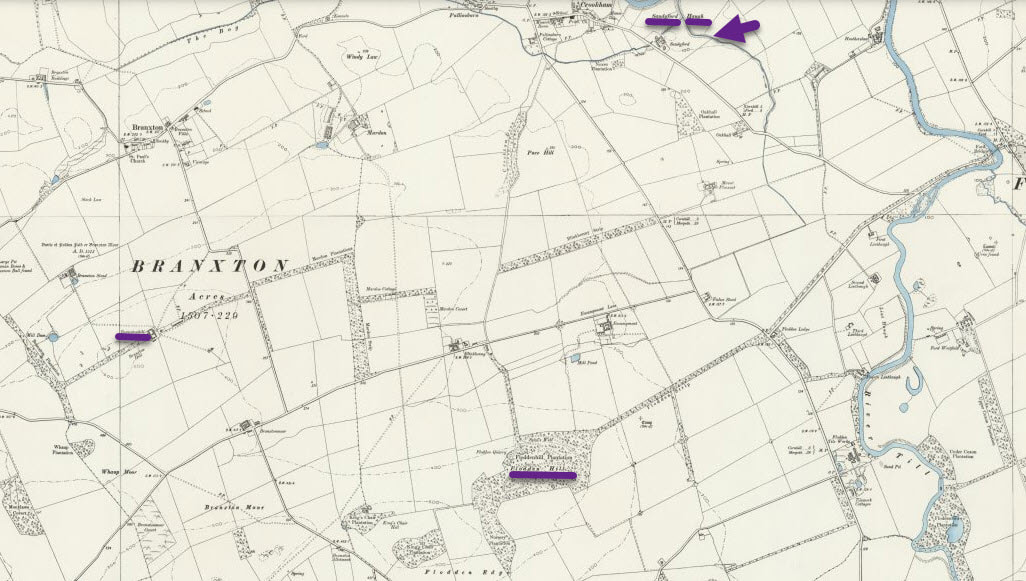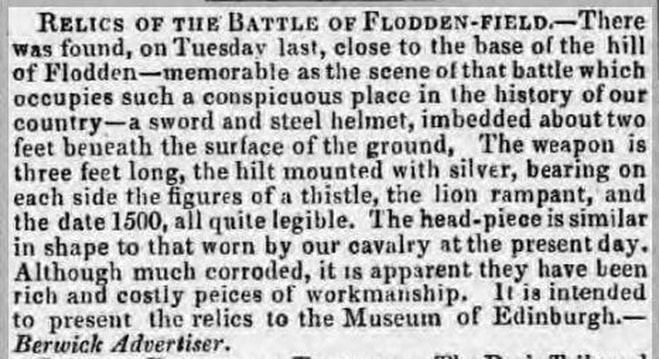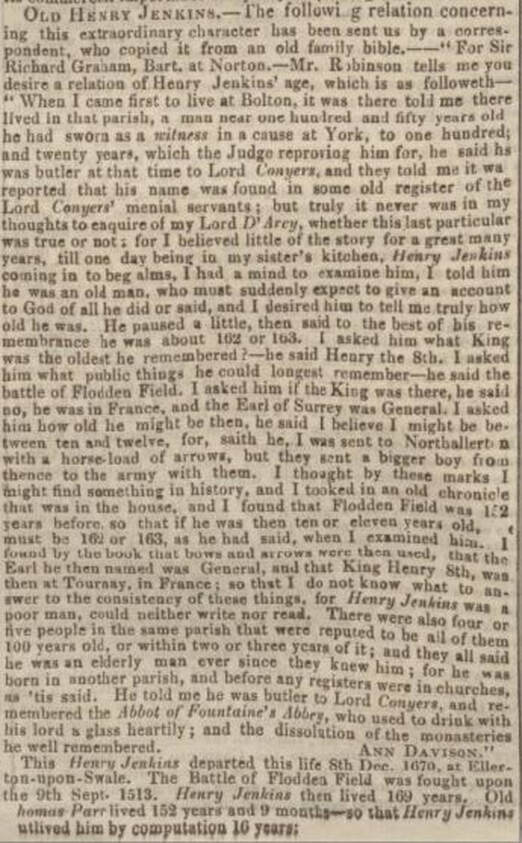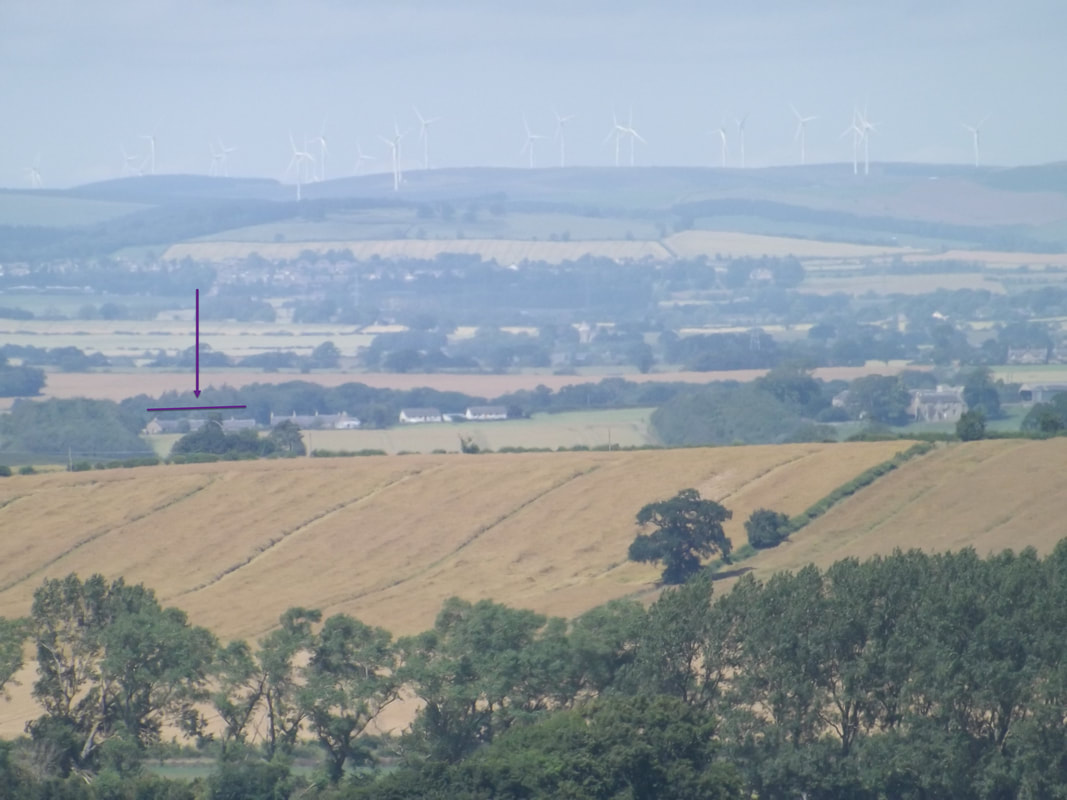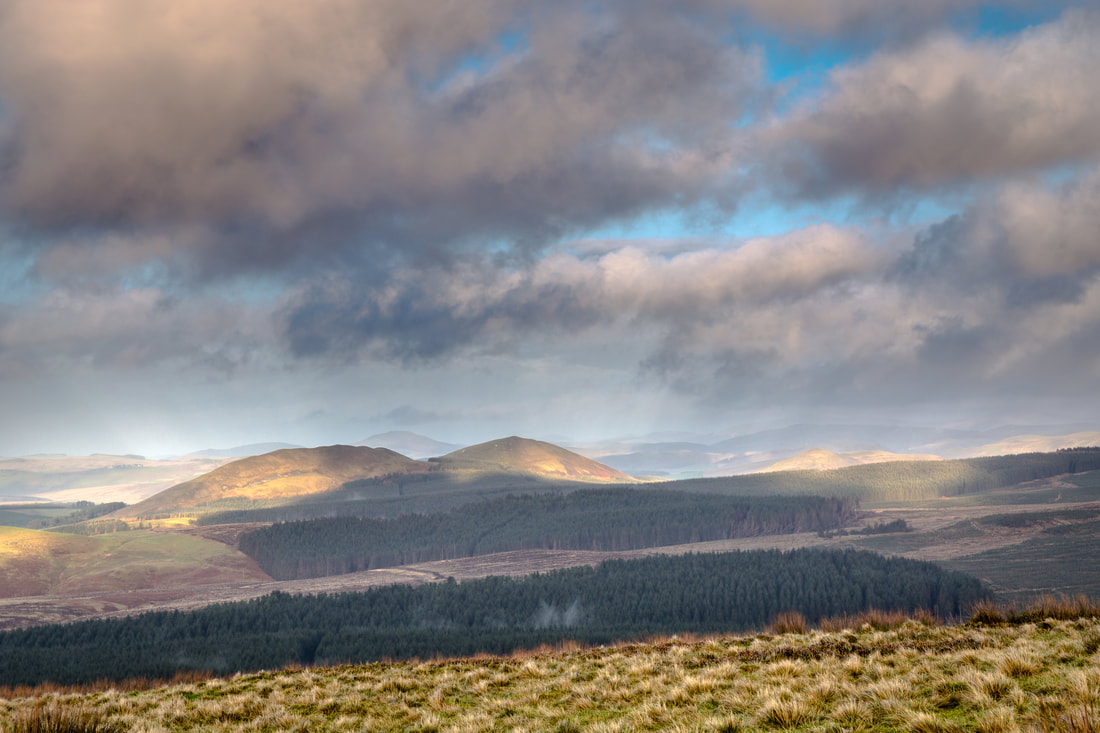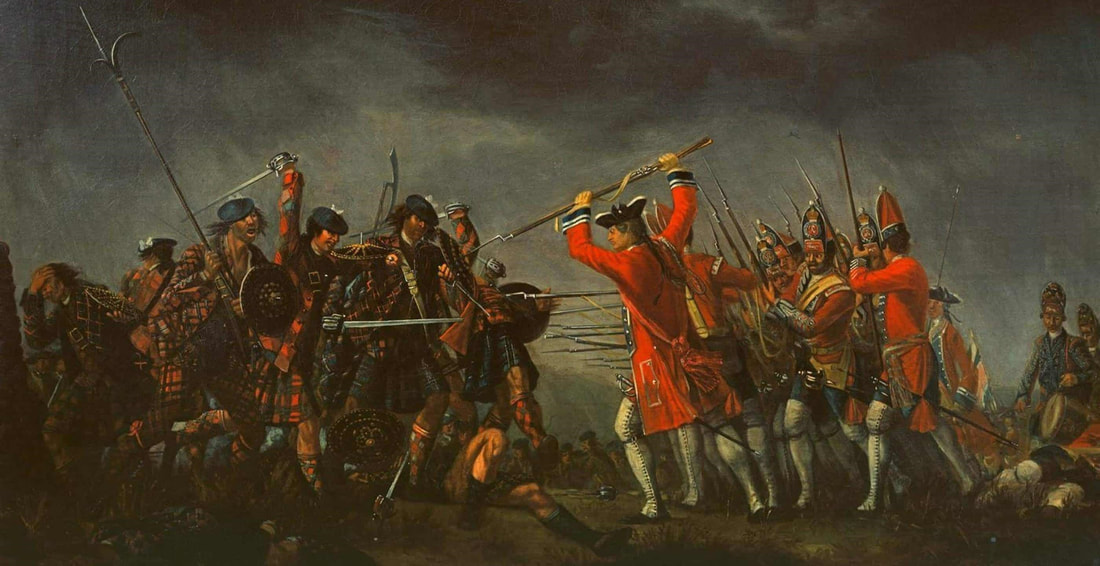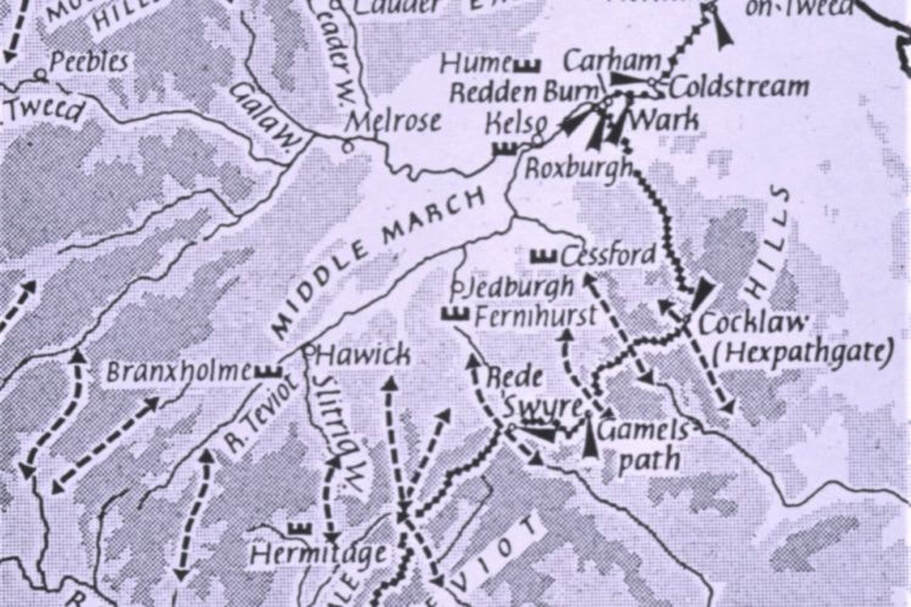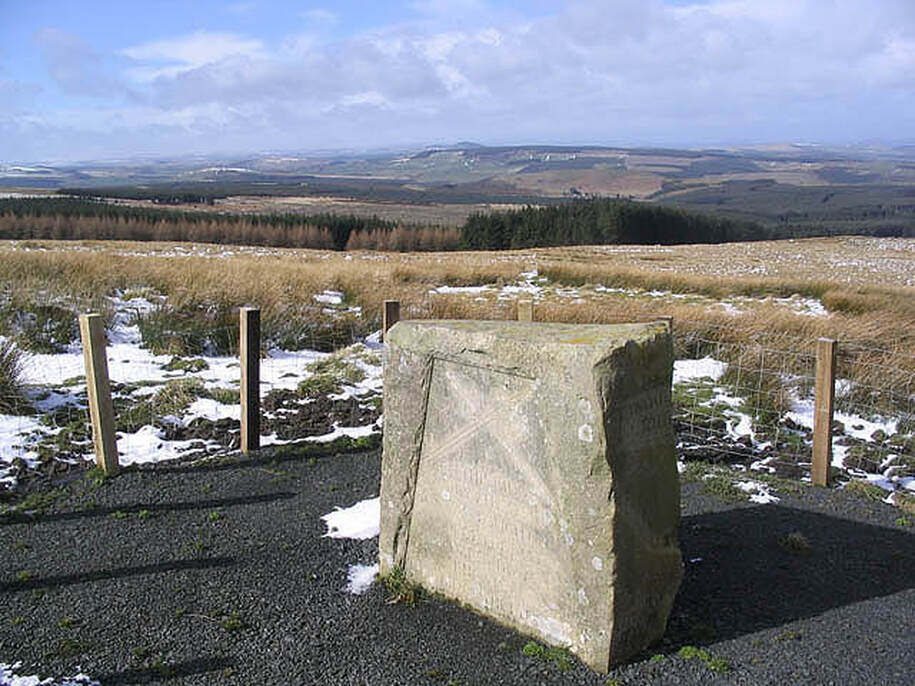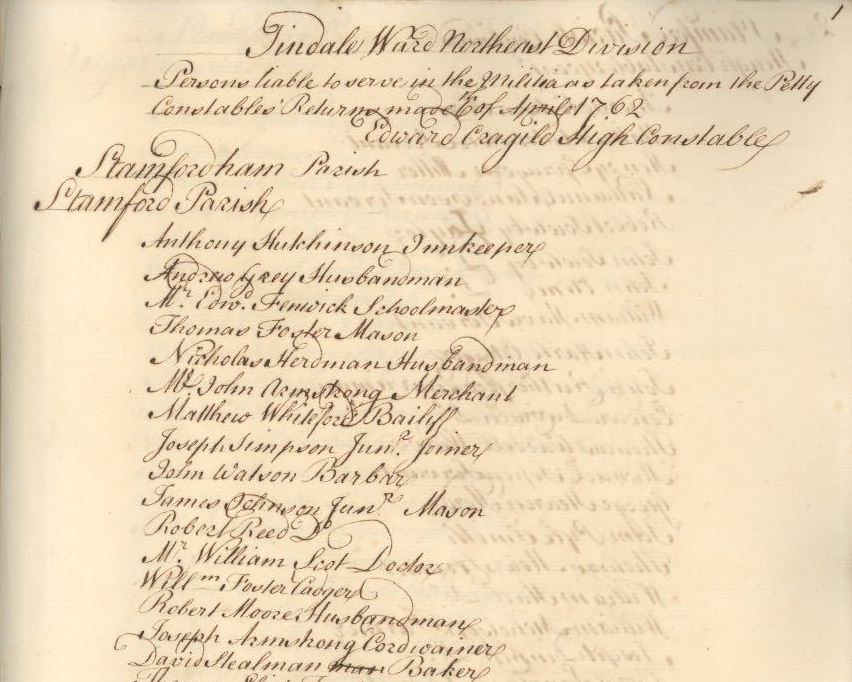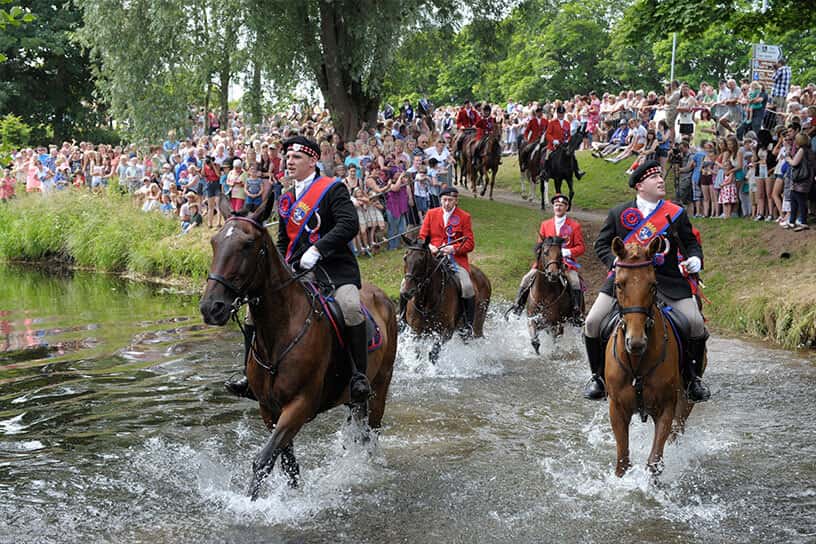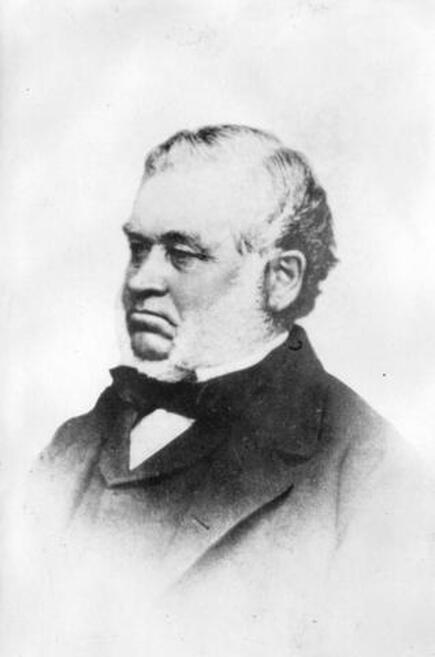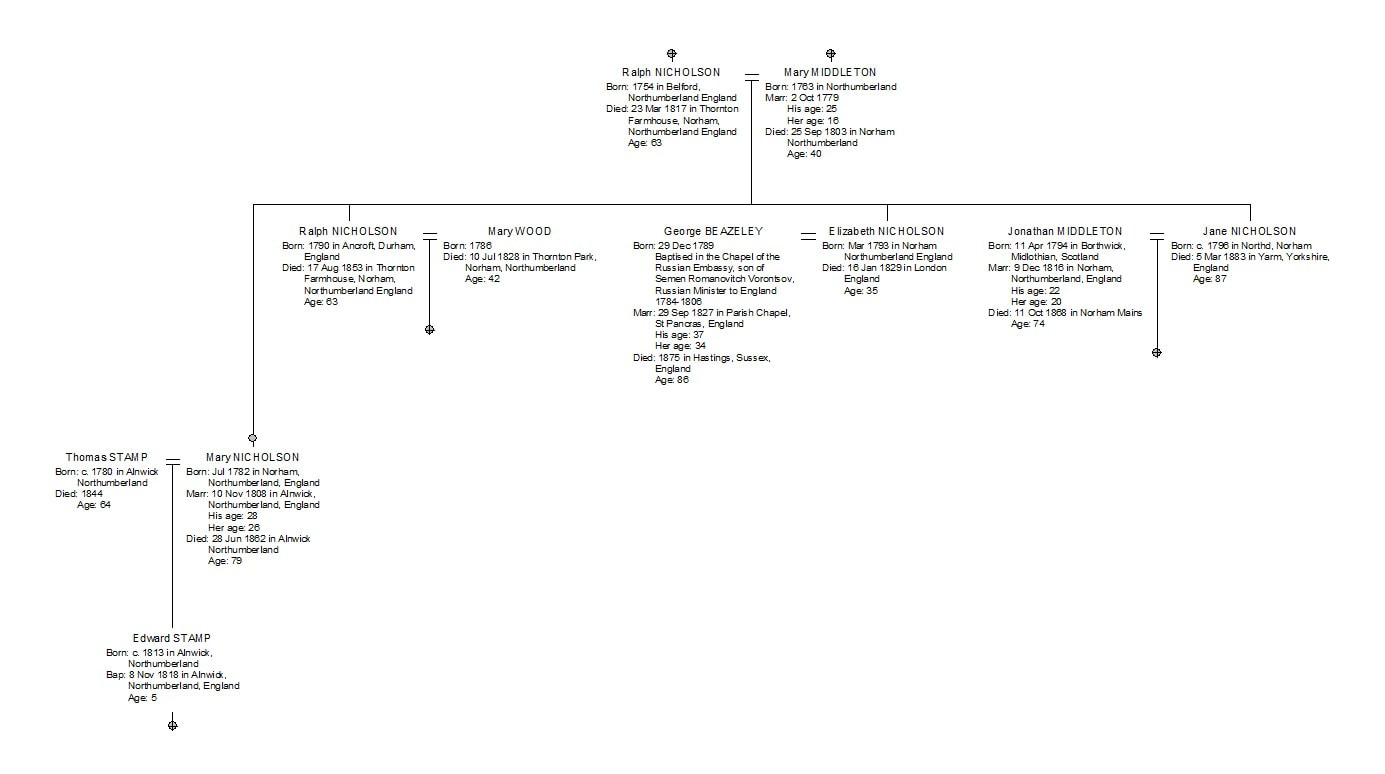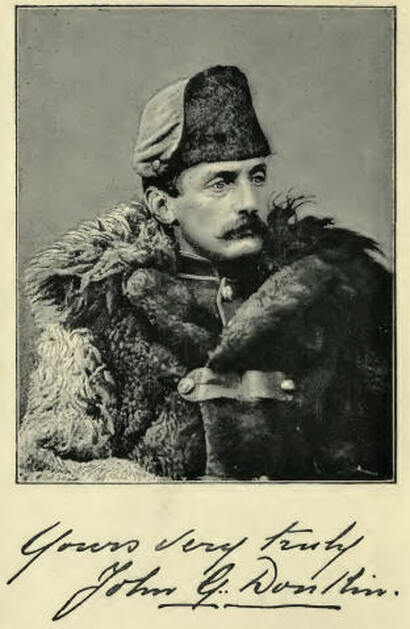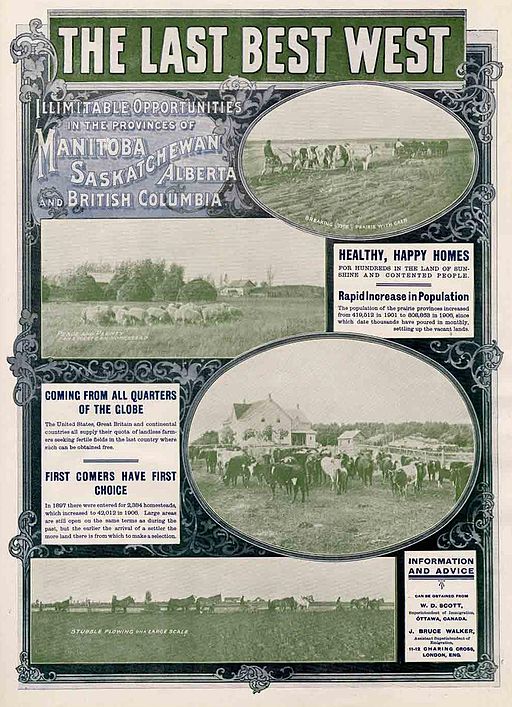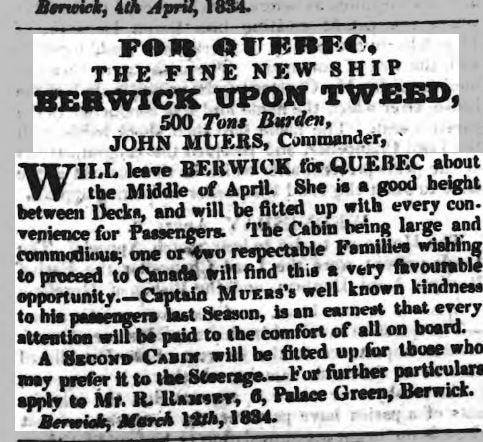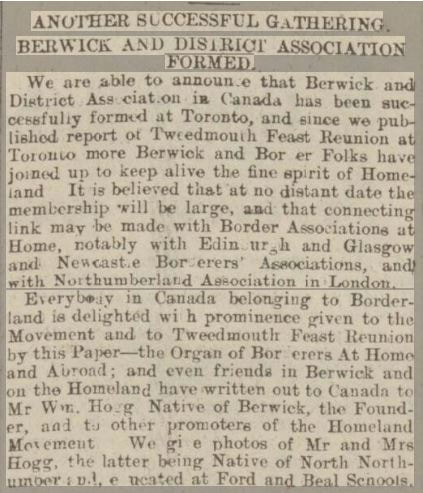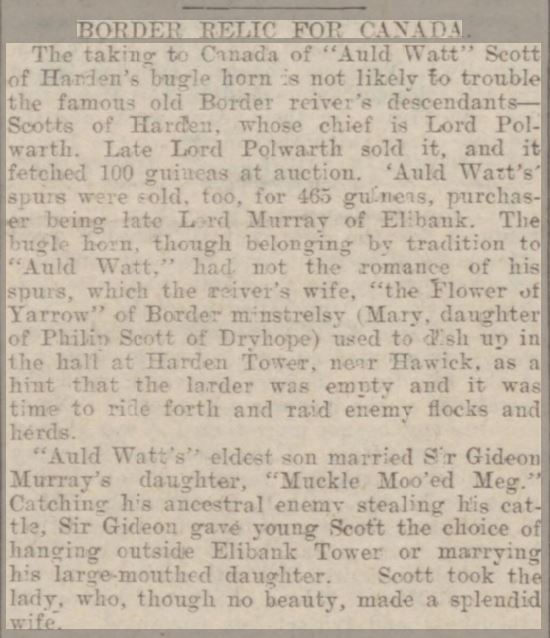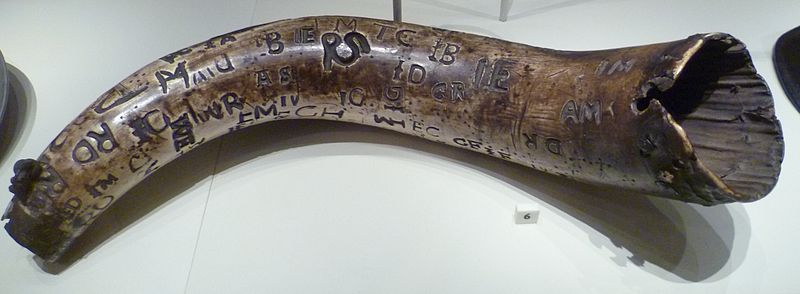|
Sadly, this is a question that is not asked enough! All too often circumstantial evidence is added to family trees and suddenly square pegs are sitting uncomfortably in round holes. Most of these errors are largely avoidable and have crept in unwittingly. There are many reasons why ancestors can’t be located, or the wrong ones appropriated, very briefly here are just a few:
Of course, there are other reasons too, but it would be impossible to cover such a huge topic in one short blog! In many cases, however, basic errors stem from a lack of understanding of the records that were kept and the laws that governed them. Often, the errors start to appear in the period prior to Civil Registration; 1837 in England, 1855 in Scotland, when evidence of familial relationships is sought in Church records. After all, birth marriage and death form the backbone of genealogy. Even after the introduction of Civil Registration in England, problems can still occur. Quick Note re Civil RegistrationWhen Civil Registration was introduced in England in July 1837 the onus for collecting records was initially placed on the Registrar of the Registration District in which the birth took place. This resulted in omissions, sometimes due to parental objection to the registration of births, which distorted both regional and national data. To rectify this, the Births and Deaths Registration Act of 1874 was passed which placed the onus on the parents, rather than the Registrar, and the parents could now be fined for non-compliance or late registration. This may be just one reason why a birth certificate is proving elusive during the early years of Civil Registration, particularly if the issue of illegitimacy has been ruled out. In Scotland when Civil Registration was introduced in January 1855, it was a statutory requirement to be performed by the parents or person in charge of the child from the outset. There is also the ‘Register of Neglected Entries’ which holds records of vital events dating from between 1800 and the enactment of the new law in 1855, but not registered elsewhere else i.e. a church register. Although they are very few in number those that do exist can be accessed through the Scotland’s People Website. This NRS Guide contains some helpful information. Tracing Ancestors in the Border Region Tracing ancestors in the Border regions can be particularly tricky. This is due to the different laws of each country and movement of people across the border. Although England and Scotland are part of the Kingdom of Great Britain, and have been since 1707, many of the laws in the two countries were different and continue to be so today. It might seem crazy after blogging for so many years to be writing about something quite so basic, but as it is something I regularly need to explain I thought it might be of use to a wider audience. Another important fact that needs a bit of clarification is what Old Parish Registers actually are and what they cover. Simply put they are the records of the Established Church of each Country.
‘On 17 August 1560, the Parliament agreed to a Reformed Confession of Faith, a fundamental step away from the Roman Church, and on 24 August it passed a series of Acts that entirely destroyed the Roman Church in Scotland. The celebration of mass was made punishable by a series of penalties up to and including death, and all Papal jurisdiction in Scotland was repudiated.’ All religions other than the Established Church in both countries were known as non-conformists or dissenters, with Roman Catholics referred to as ‘recusants’. Because the Parish Records are the records of the established churches in each country, they do not as a rule of thumb, include the baptism records for other religions. Where they do, particularly in the late 18th and early 19th century they may be marked ‘Diss’ or noted as Dissenters. The registers will, however, contain some marriages and nearly all burials until the introduction of Civic Cemeteries. Some notable exceptions to this rule were Jews and Quakers. Presbyterian Records in England |
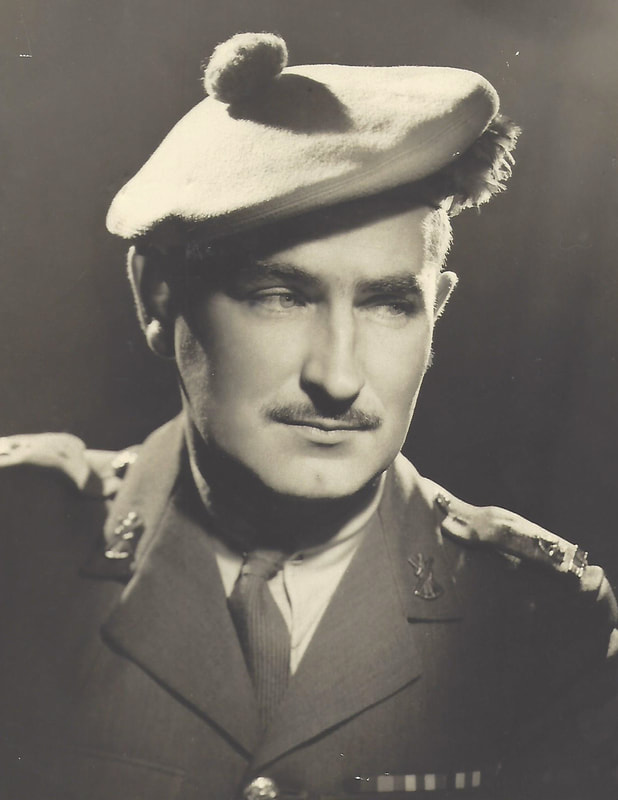 2nd Lieutenant ‘Jack’ McDougall 1911-1981 at enlistment in the uniform of the Canadian Black Watch. A documentary film maker in civilian life for Associated Screen News, Lieutenant Jack McDougall led the Canadian Film and Photo Unit (CFPU) in WW2. It is reported ‘they filmed 1.5-million feet of footage and over sixty thousand still photos’ which included the D-Day Landings on Juno Beach. He retired with the rank of Major. | As some of my readers will know, in the summer I became the voluntary co-administrator of the ‘McDougall Surname DNA Project’ and whilst the project aims to help descendants of McDougall families from throughout Scotland, there are a few testers within the project who are particularly interested in their heritage in the Scottish Borders – and rightly so say I – as the Borders occupies a unique space in Scottish history! There are over 10,000 group projects such as this hosted by Family Tree DNA and led by volunteers who are there to help and advise their members explore their ancestral heritage both within a traceable genealogical timeframe and beyond. Whilst most surname or clan projects focus on Y-DNA (fatherline) or mtDNA (motherline), many also accept members who have test their atDNA only, so it is always worth asking the question! All Group DNA projects are completely free, but to be eligible to join a project a tester must have a bone-fide interest in the project’s subject and aims which can be found on their homepage. In addition the tester must have either tested their DNA with Family Tree DNA or transferred in their results from another DNA testing company. Transferring results is easy to do and is also free of charge – if unsure how to go about this, drop me a line and I shall talk you through it. Even if you are not interested in joining a project, transferring your DNA results to FTDNA can often provide a whole new set of matches and is undoubtedly a worthwhile exercise! |
- John McDougal: was born on 25th July and baptised at Coldstream 25th August 1805.[1]
- Isobel McDougal: was born on the 6th May and baptised at Coldstream on 7th June 1807.[2]
- William McDougal: was born on 13th February and baptised at Coldstream on 19th February 1809.[3]
- Robert McDougal: was born on 15th May and baptised at Coldstream 18th July 1811.[4]
- David & Isobel McDougal, Twins: were born on 9th February and baptised at Coldstream 8th March 1813.[5]
- James McDougal: was born 19th November and baptised 25th November 1816.[6]
- Elizabeth McDougal: was born 21st March and baptised at Coldstream on 5th April 1819.[7]
- George McDougal: was born 25th March and baptised at Coldstream on 21st April 1822.[8]
In memory of John McDougels son William who died 21.7.1804 aged 1 year 4 months, also his daughter Isabel who died 21.4.1808 aged 11 months, also his son James who died 27.3.1814 aged 14 years. Reverse: In memory of William M__ who died ?4.1805 aged 80 years.
McDougall’s Flour and other connections with Coldstream
Other Border McDougall families.
Aside from those known to have tested their DNA, another John McDougall born at Kelso, Roxburghshire in 1802 emigrated to Ontario in the 1850s - their family home is now open to the public. But perhaps most intriguing of all is yet another John McDougall born in Berwickshire circa 1826 who also emigrated to Quebec and who was the owner of the Caledonia Ironworks. To date researchers have been unable to determine if the two families of Iron Foundry fame, who were clearly in close contact, were in fact related.
McDougalls in North Northumberland
McDougall Families in Berwickshire
Note re Scottish Parish Registers
“The parish minister or the session clerk usually assumed responsibility for maintaining the registers, but since there was no standard format employed, record keeping varied enormously from parish to parish and also from year to year. As a result, the information may be sparse, unreliable and difficult to read. The oldest register dates from 1553 (baptisms and banns from Errol, Perthshire), but although there was a requirement from 1552 that parishes record baptisms and marriages, many did not commence until much later, and some more remote areas only have registers from the early 19th century. Some registers have been lost or destroyed and the condition of the surviving 3500 is variable.”[1]
A detailed list of the Parish Registers and notes regarding their coverage can be downloaded as a PDF from the National Records of Scotland - do you use it! Also bear in mind that Baptisms and marriages outside of the Established Church of Scotland will not appear in the Parish Registers - double check records for non-conformists too.
McDougalls in the 1841 Census for Berwickshire
Parish |
Number of Inhabitants & Households |
Ayton |
2 Individuals in 2 separate households, both aged women. |
Coldingham |
10 Individuals in 2 Households – 1 ‘Male Servant’ living apart from their family. |
Coldstream |
16 Individuals in 7 Households, 3 ‘Females Servants’ living apart. |
Duns |
4 Individuals in 1 Household. |
Eccles |
26 Individuals in 7 Households, 1 (Blacksmith) living apart. |
Foulden |
4 Individuals in 1 Household = The McDougalls of Trois Rivieres |
Gordon |
51 Individuals in 13 Households, 2 living separately. |
Hutton |
2 Individuals in 1 household, David McDougall a Miller and his wife. |
Lauder |
6 Individuals in 2 Households, 1 living apart |
Nenthorn |
10 Individuals in 2 Households |
Polwarth |
3 Individuals – A widow and 2 small children. |
Of the 76 females - 9 were born in Scotland but not in Berwickshire and 2 were born in England.
Of the 62 males – 4 were born in Scotland but not in Berwickshire and 4 were born in England.
McDougall Occupations in Berwickshire where stated
- 16 Agricultural Labourers
- 3 Farmers: 2 at Gordon, 1 at Lauder
- 3 Shoemakers
- 2 Millers: 1 at Hutton, 1 at Foulden (Trois Rivieres family)
- 1 Wright/Joiner
- 1 Saddler
- 1 Tailor
- 1 Hand Loom Weaver
McDougall Families in Roxburghshire
McDougalls families in the 1841 Census for Roxburghshire
Parish |
Number of Inhabitants and Households |
Ancrum |
Value |
Eckford |
19 individuals in 5 households, 1 ‘Female Servant’ living apart from her family. |
Ednam |
4 individuals living in 1 Household. |
Kelso |
36 individuals living in 11 Households 3 living apart. |
Makerstoun |
4 individuals living in 1 Household. (The McDougall Brisbane family of Makerstoun House have not been included.) |
Melrose |
8 individuals living in 3 Households 2 living apart. |
Smailholme |
6 individuals living in 2 Households, 1 not born in County living separately |
Sprouston |
3 individuals living in 3 different households. |
Of the 44 Males 4 were born in Scotland but not in Roxburghshire and the birth place of 1 was ‘Not Known’.
McDougall Occupations where stated
- 9 Agricultural Labourers
- 3 Farmers, 2 at Eckford, 1 at Ancrum
- 2 Shoemakers
- 5 Cabinet Makers inc 1 Turner & 1 Joiner
- 2 Saddlers
- 1 Surgeon (Melrose)
- 1 Tailor
- 1 Hand Loom Weaver
- 1 Pauper (Eckford)
[2] Scotland’s People, Baptisms, Coldstream OPR 733/ 30 103.
[3] Scotland’s People, Baptisms, Coldstream OPR 73/ 30 111.
[4] Scotland’s People, Baptisms, Coldstream OPR 73/ 30 129.
[5] Scotland’s People, Baptisms, Coldstream OPR 73/ 30 132.
[6] Scotland’s People, Baptisms, Coldstream OPR 73/ 30 149.
[7] Scotland’s People, Baptisms, Coldstream, OPR 733/ 30 160.
[8] Scotland’s People, Baptisms, Coldstream, OPR 733/ 40 13.
[10] Scotlands People https://www.scotlandspeople.gov.uk/guides/church-registers
How land and associated property tax records can aid family & local history research.
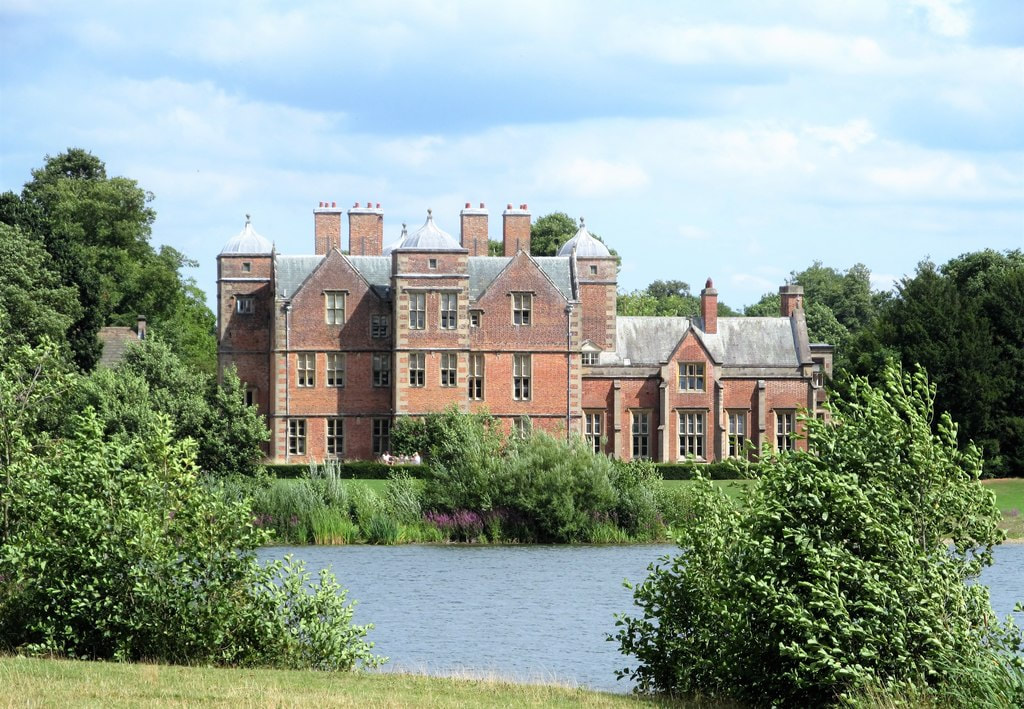
Cargey Connections with Kiplin Hall Estate
|
A brief overview of Manorial Records

The Cargey Family of Ponteland
![Picture Photograph of Cargey Memorial Stone in Ponteland Churchyard. It reads: In Memory of Gilbert Cargey Senior late of Ponteland who died Sept. 21st 1763, Aged 53 Years. Elizabeth his Widow died November 12th 1786, Aged 90 Years. Catherine Wife of Gilbert Cargey Junior late Farmer at Stickley died December 17th 1766 Aged 24 Years. Margaret his Daughter died Oct 29th 1772 Aged 4 Years. Catherine his Second Wife died, March 6th 1777 Aged 38 years. Elizabeth his Daughter died June 23rd 1801 Aged 35 Years. The above Gilbert Cargey, January 5th 1823 [sic] Aged 81 Years. Photograph courtesy of 'Find A Grave' UNCEM_2430157_336ac765-3e7e-423c-ae84-2d3b5b842207](/uploads/1/7/2/3/17231010/find-a-grave-uncem-2430157-336ac765-3e7e-423c-ae84-2d3b5b842207_orig.jpeg)
Roman Catholic Register & Land Tax
names, lands, tenements, the names of the tenants, or those in possession of the said lands, the yearly rents thereof, particulars of leases, fines (admittance fees) paid on renewal of such leases. The certificates were to be brought to the Clerk of the Peace either by the landowner in person, or by others to who he had given Power of Attorney, and enrolled in Court in parchment books to be subscribed by him or them, and laid up with the records of the county or shire.
[2] A list of Guild Records for Newcastle upon Tyne available from Tyne and Wear Archives is available online as a pdf. A William Cargey a butcher & likely uncle of Gilbert Cargey 2nd was admitted as a Freeman of Newcastle upon Tyne in 1747. The Freemen records for Newcastle upon Tyne can be accessed online through The Genealogist.
[3] The Manor of Ponteland was sold circa 1774 to George Silvertop of Minsteracres. High Sheriff of Northumberland d. 1831. The advertisement for the sale appeared in the Newcastle Chronicle on the 8th October.
or 'The ancestor who refuses to be found'
Reliability of Sources
Oral tradition
Material Evidence
The Marriage Certificate
Post Marriage Census Records
- 1861 Middlesex, London Age 33
- 1871 London, Age 43
- 1881 Scotland Age 53
- 1891 Not Known, London, Age 62
- 1901 Middlesex, London, Age 73
Pre-marriage Census
Death & Burial
Birth or Baptism Record
DNA
Wills
Mary Ogilvie Davison
[2] The Genealogist.co.uk Non Parochial BMD Database RG4: Non-parochial Registers 1567-1858,RG5: Protestant Dissenters' Registry,RG6: Quaker Registers 1578-1841,RG7: Fleet Marriages 1667-1777,RG8: Non-Parochial & Miscellaneous Registers,RG32: Registers Abroad and on British & Foreign Ships 1831-1969,RG33: Foreign Registers & Returns 1627-1960,RG34: Worldwide Foreign Marriage Returns 1826-1921,RG35: General Register Office: Miscellaneous Foreign Death Returns - 1791-1921,RG36: Registers & Returns in the Protectorates etc of Africa & Asia,BT158: Registers compiled from Ships' Official logs of passengers at sea 1854-1908,BT159: Registers of Deaths at sea of British and other nationalities 1875-1888,BT160: Registers of Births at sea of British Nationals 1875-1891
Other useful Links for Alnwick
https://www.durhamrecordsonline.com
Family Search Wiki Page contains a comprehensive list of resources for researching ancestors from Alnwick
https://www.familysearch.org/wiki/en/Alnwick,_Northumberland_Genealogy#Noncormist_Records
Non Conformist records from The National Archive Code RG series are available through The Genealogist
https://www.thegenealogist.co.uk
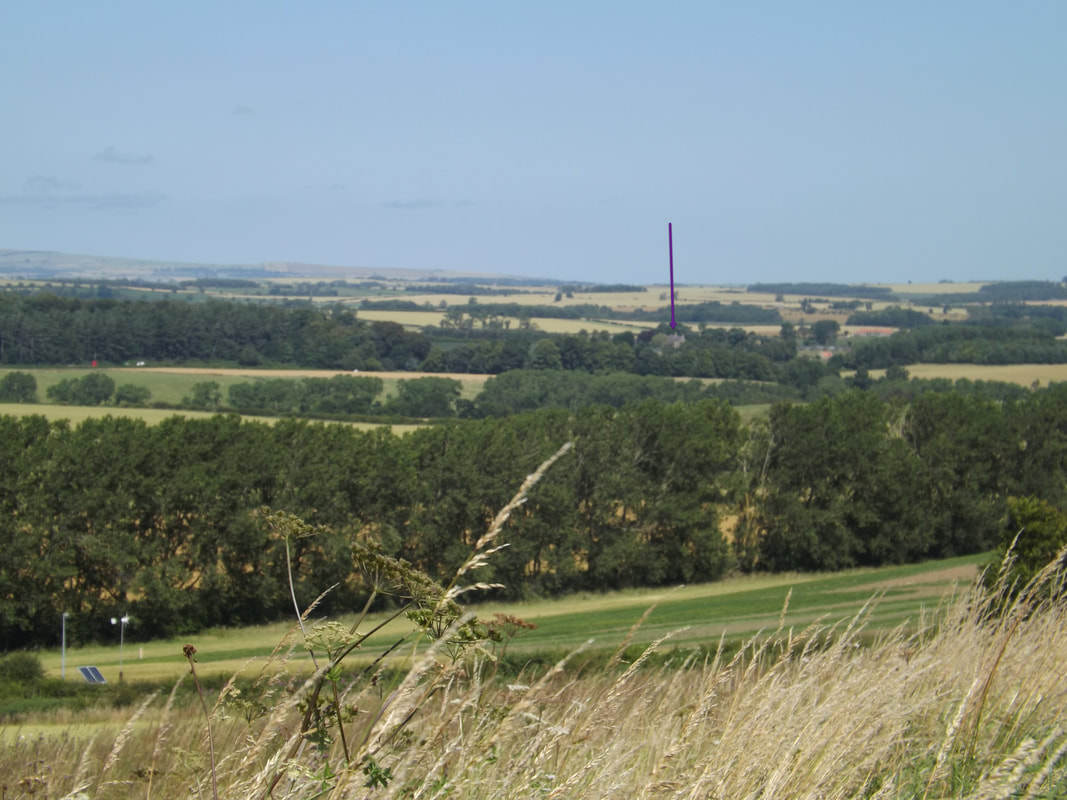
[2] Patience Anderson sister of Edward Anderson senior married John Grey in 1767, before purchasing Middle Ord they lived at Old Heaton. Edward Pringle of Snitter’s wife was Margaret Vardy. Two of Edward Pringles children married Re[a]dhead siblings. Numerous connections between Pringle, Thompson, Hogg , Coxon and Readhead. Only familial connection not proven Isabella Pringle to Edward of Snitter.
[3] Accounts of Richard Gough E101 56 28.
[4] Col. Fitzwilliam Elliott, 'The Battle of Flodden and the Raids of 1513'
archive.org/details/battleoffloddenr00elliuoft/page/n135
[5] ‘Mugger’ is the old word for Gypsy or Tinker.
[6] Hall Chronicle https://archive.org/details/hallschronicleco00halluoft/page/560
[7] This same reference seems to have caused some confusion for the Battlefield Trust too. See page 8.
https://historicengland.org.uk/content/docs/listing/battlefields/flodden/
If, like me you are trying to track down your Pringle Forebears, a first step may be to contact the Clan Pringle Association where you will find more details on how to join both the Association and also the Pringle DNA project.
Smiths at Fenwick and the last Border Raid
by Rosemary Dixon-Smith
I saw come marching o'er the knows
Fyve hundred Fenwicks in a flock,
With jack and spurs and bowis all bent,
And warlike weaponis at their will.
The Redeswire Stone
On this ridge, July 7th, 1575 was fought one of the last border raids, known as The Raid of the Redeswire.
Snippets and Links
Leave Back Bongate 10.00 am - Arrive Redeswire 12.30 pm / Leave Redeswire 1.05 pm - Arrive Dolphinston Moor 3.00 pm. Leave Dolphinston Moor 4.30 pm - Arrive Market Place 6.00 pm
About Rosemary
| Moles Genealogy Blog Though South African ancestry is of particular interest to me, there are no boundaries in family history. I have traced my own and other peoples' ancestors in the UK, Canada, US, Australia,and Europe. My special field is Natal - settler families, maritime history, Anglo-Zulu and Anglo-Boer Wars; favourite pursuits: dating photographs, costume history, the history of slavery, lighthouses, history of India and the Indian diaspora, explorers, missionaries, ships; shipwrecks, British history, militaria. Comments on my blog or questions welcomed. If you a question for Rosemary or would like to contact her you can do so here |
Edward Stamp was the son of Thomas Stamp and Mary Nicholson born circa 1813 in Alnwick. He was a Master Mariner and ‘industrialist’ who in the 1860’s became involved in the Canadian lumber business in British Columbia. A memorial plaque mounted on a rock in Stanley Park Vancouver reads
Captain Edward Stamp
Pioneer Industrialist and Legislator started lumbering operations, then finding a better site, he moved elsewhere on Burrard Inlet, and founded in the wilderness, now the City of Vancouver, the famous Hastings Sawmill 1865 [2]
His biography states that
Donkin would have passed into obscurity had he not published, a year after his return to England, an account of his experiences under the title Trooper and Redskin in the far north-west: recollections of life in the North-West Mounted Police, Canada, 1884–1888. As an ordinary constable he had served during the rebellion, come into close contact with Riel, and lived the life of a mounted policeman in the early years of western settlement. His book, however, contains little of the self-glorification, heroism, and romance that is characteristic of most literature of the period on the NWMP. From the moment he arrived on the prairies, Donkin was struck by the contrast between his own experience and the way the country was portrayed by those “journalist globetrotters” who had set forth its “wondrous glories.” The result was an unembellished account of the daily routine of mounted police life, the harshness of the climate, the rude prairie settlements, and the loneliness of police detachments. With an eye for detail, Donkin described his experiences in a candid and critical manner, leaving behind a valuable record not only of the NWMP but also of western Canada at an important period in its development.[4]
This was the first legislative recognition that the state was responsible for the safety and well-being of emigrants leaving the British Isles. The Act regulated the number of passengers that could be carried on a ship, determined the amount of space allocated to them, and required the provision of food and water for the voyage. While based on earlier legislation, the 1828 Act was the true foundation of British and colonial legislation, designed to protect emigrants from unscrupulous shipowners and shipmasters and from the perils of the North Atlantic crossing.[6]
… promised productive soil, adequate rainfall, a good growing season, bountiful crops and a healthy climate. Such words as "cold" and "snow" were universally banned from the pamphlets in favour of the more positive terms "invigorating" and "bracing." With their colourful covers and attractive photographs, the pamphlets visually reaffirmed the Prairie West as a land of prosperity and happiness.[7]
[2] Stanley Park Vancouver,
http://stanleyparkvan.com/stanley-park-van-plaque-captain-edward-stamp.htm
[3] The Dictionary of Canadian Biography, http://www.biographi.ca/en/bio/stamp_edward_10E.html
[4] Dictionary of Canadian Biography http://www.biographi.ca/en/bio/donkin_john_george_11E.html
[5] RCMPVets Facebook, https://www.facebook.com/RCMPVets/posts/homeless-veteran-left-account-of-christmas-eve-in-the-early-mounted-police-winni/981513715243338/
[6] Library and Archives Canada http://www.collectionscanada.ca/immigrants/021017-2111-e.html
[7] Library and Archives of Canada http://www.collectionscanada.ca/immigrants/021017-1100-e.html
[8] The Ships List http://www.theshipslist.com/ships/Arrivals/1834b.shtml
Author
Susie Douglas
Archives
August 2022
July 2022
June 2022
May 2022
April 2022
March 2022
February 2022
January 2022
December 2021
November 2021
October 2021
September 2021
August 2021
July 2021
June 2021
May 2021
April 2021
March 2021
February 2021
January 2021
December 2020
November 2020
October 2020
September 2020
August 2020
July 2020
June 2020
May 2020
April 2020
March 2020
February 2020
January 2020
December 2019
November 2019
October 2019
September 2019
August 2019
July 2019
June 2019
May 2019
April 2019
March 2019
February 2019
January 2019
December 2018
November 2018
October 2018
September 2018
August 2018
July 2018
June 2018
May 2018
April 2018
March 2018
February 2018
January 2018
December 2017
November 2017
October 2017
September 2017
August 2017
July 2017
June 2017
May 2017
April 2017
March 2017
February 2017
January 2017
December 2016
November 2016
October 2016
September 2016
August 2016
July 2016
June 2016
May 2016
April 2016
March 2016
February 2016
January 2016
December 2015
November 2015
October 2015
September 2015
August 2015
July 2015
June 2015
May 2015
April 2015
March 2015
February 2015
January 2015
December 2014
November 2014
October 2014
September 2014
August 2014
July 2014
June 2014
May 2014
April 2014
March 2014
February 2014
January 2014
December 2013
November 2013
October 2013
September 2013
August 2013
July 2013
June 2013
May 2013
April 2013
March 2013
February 2013

